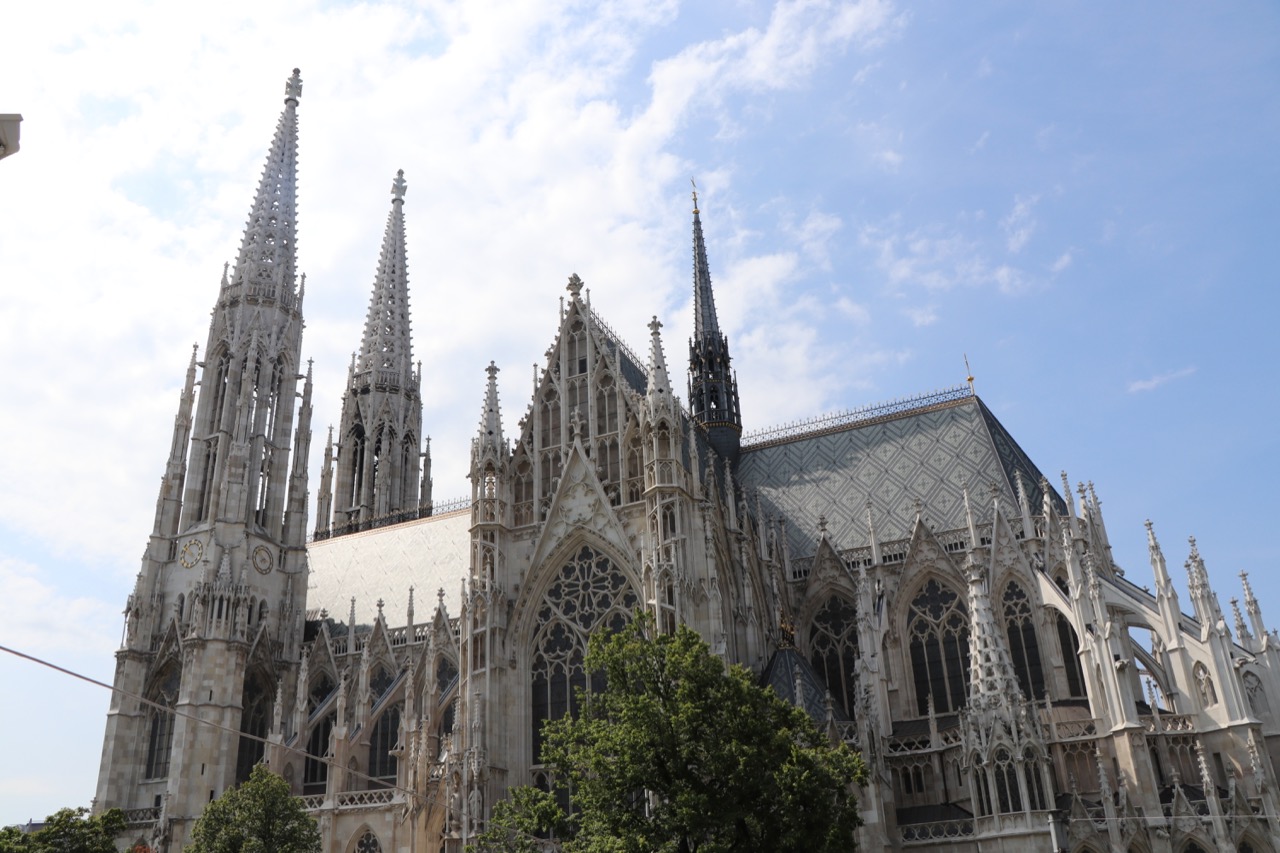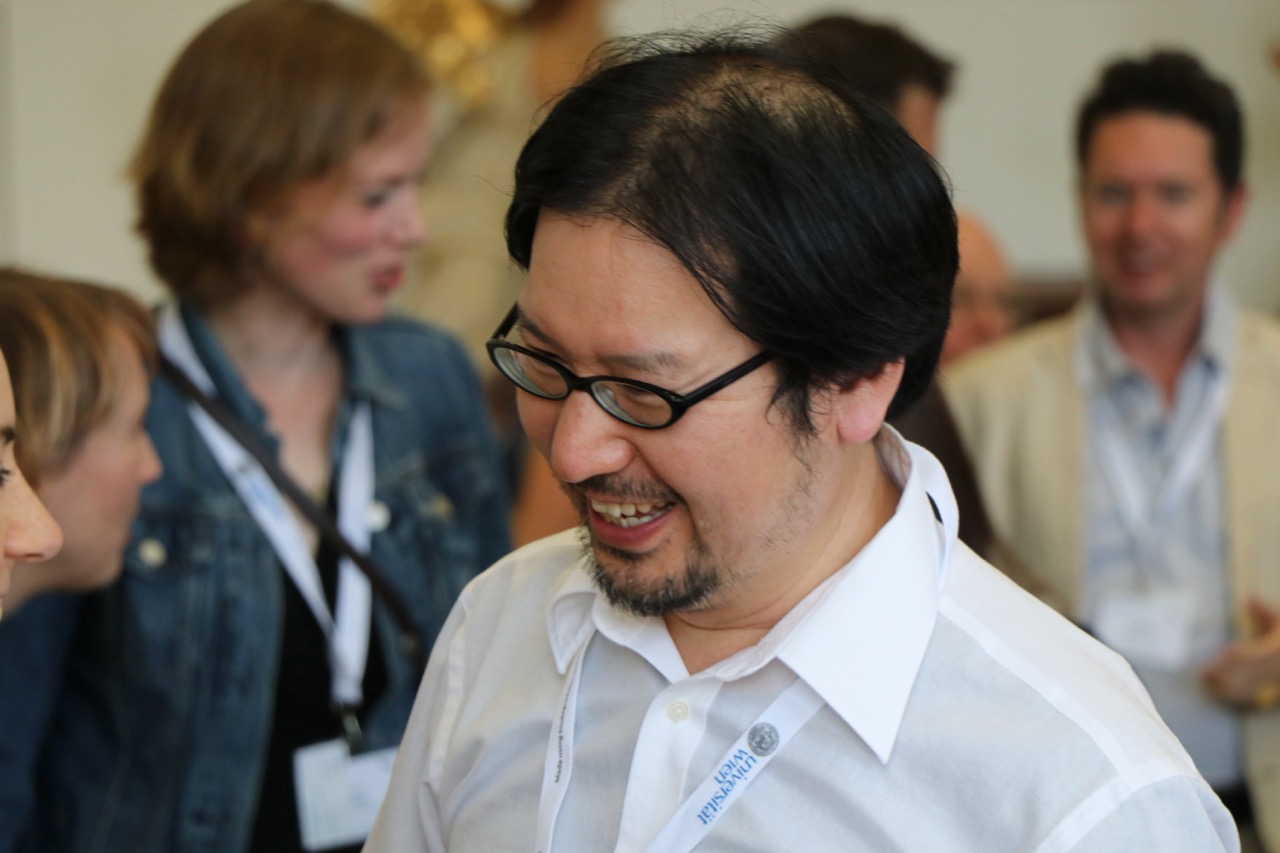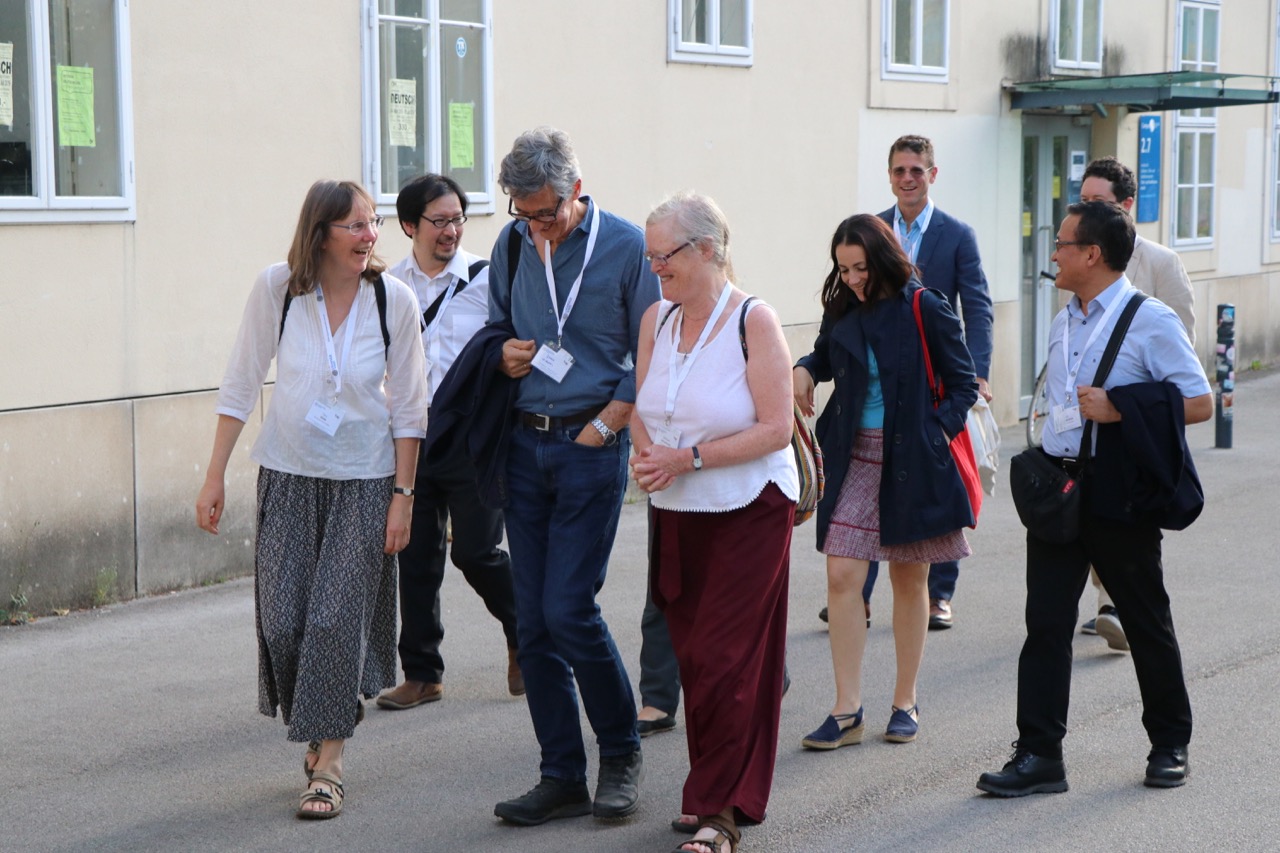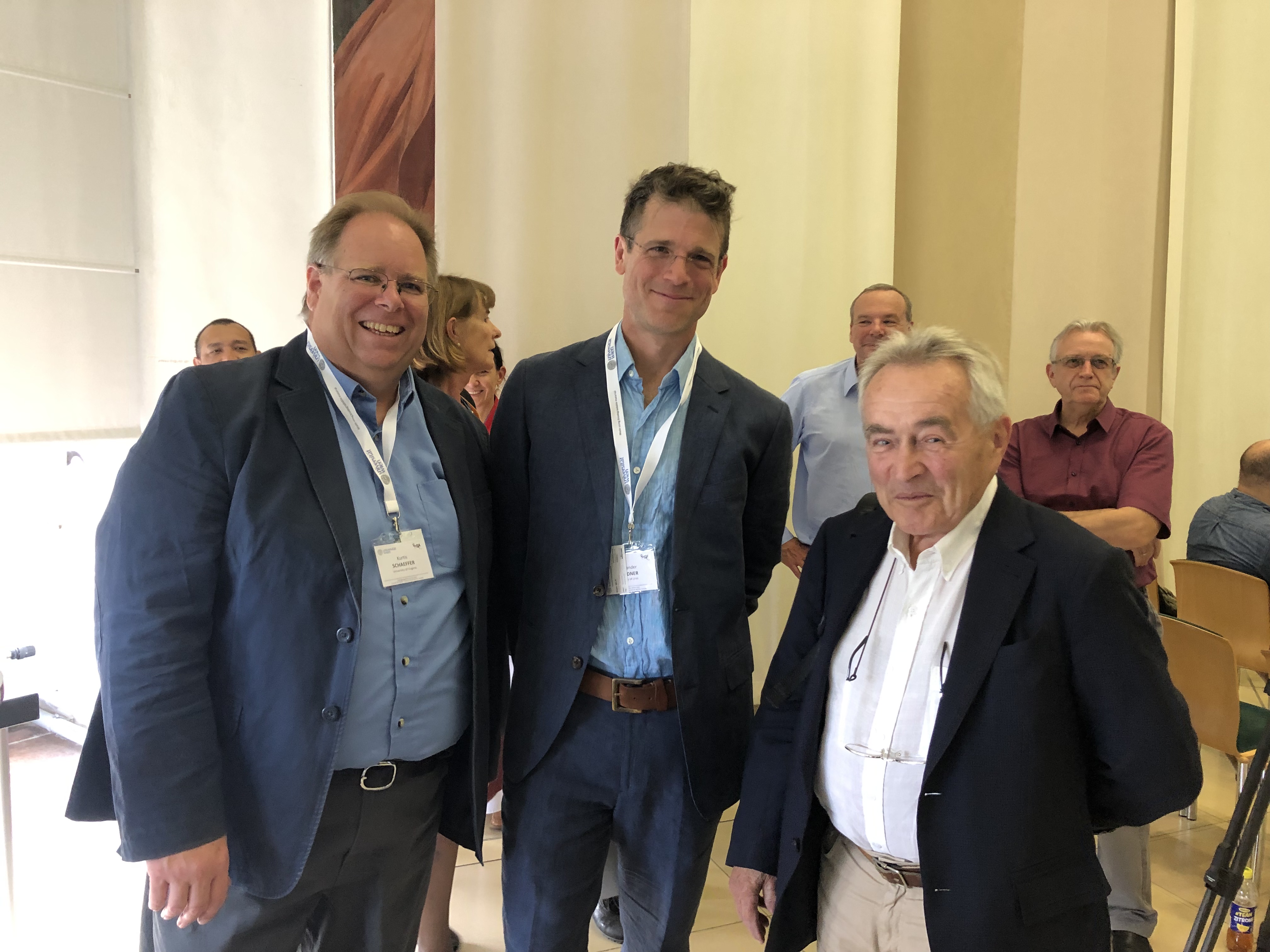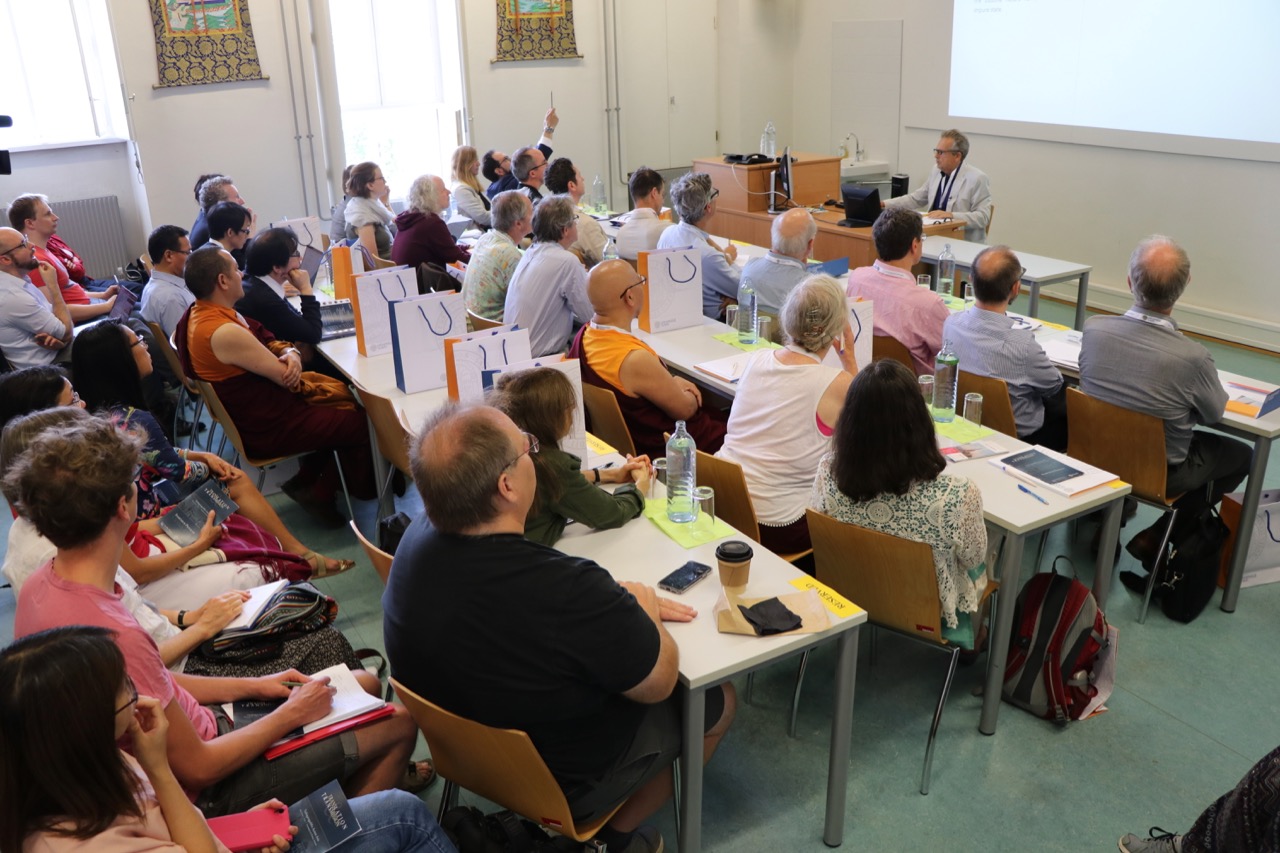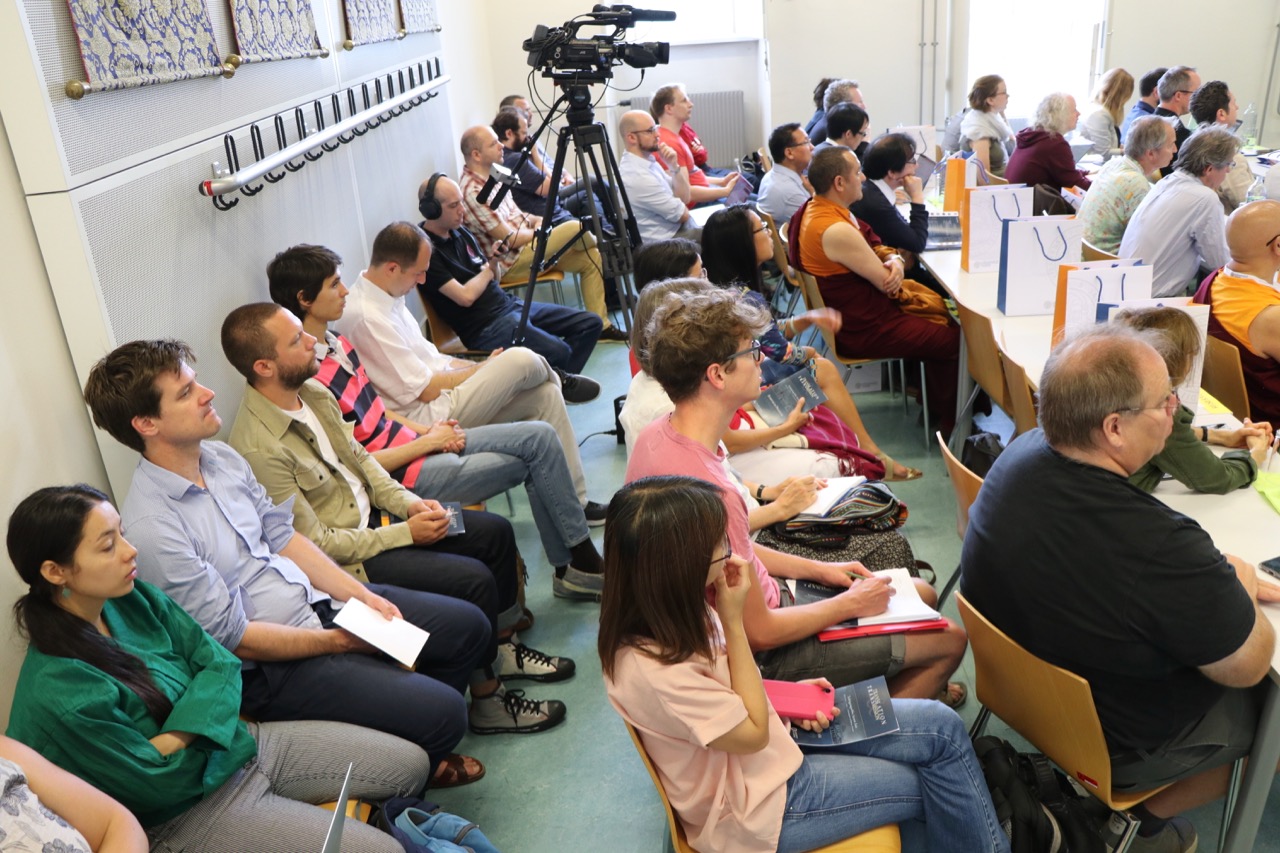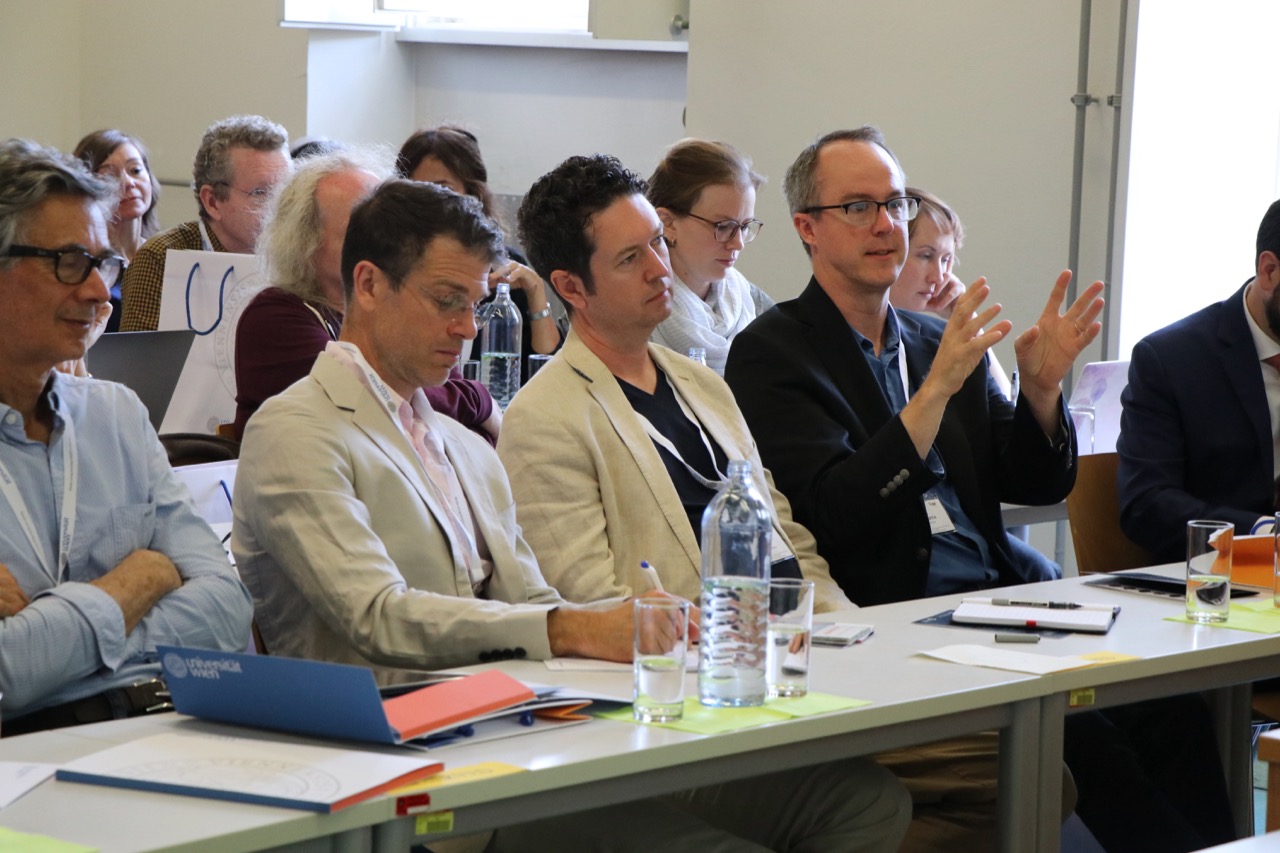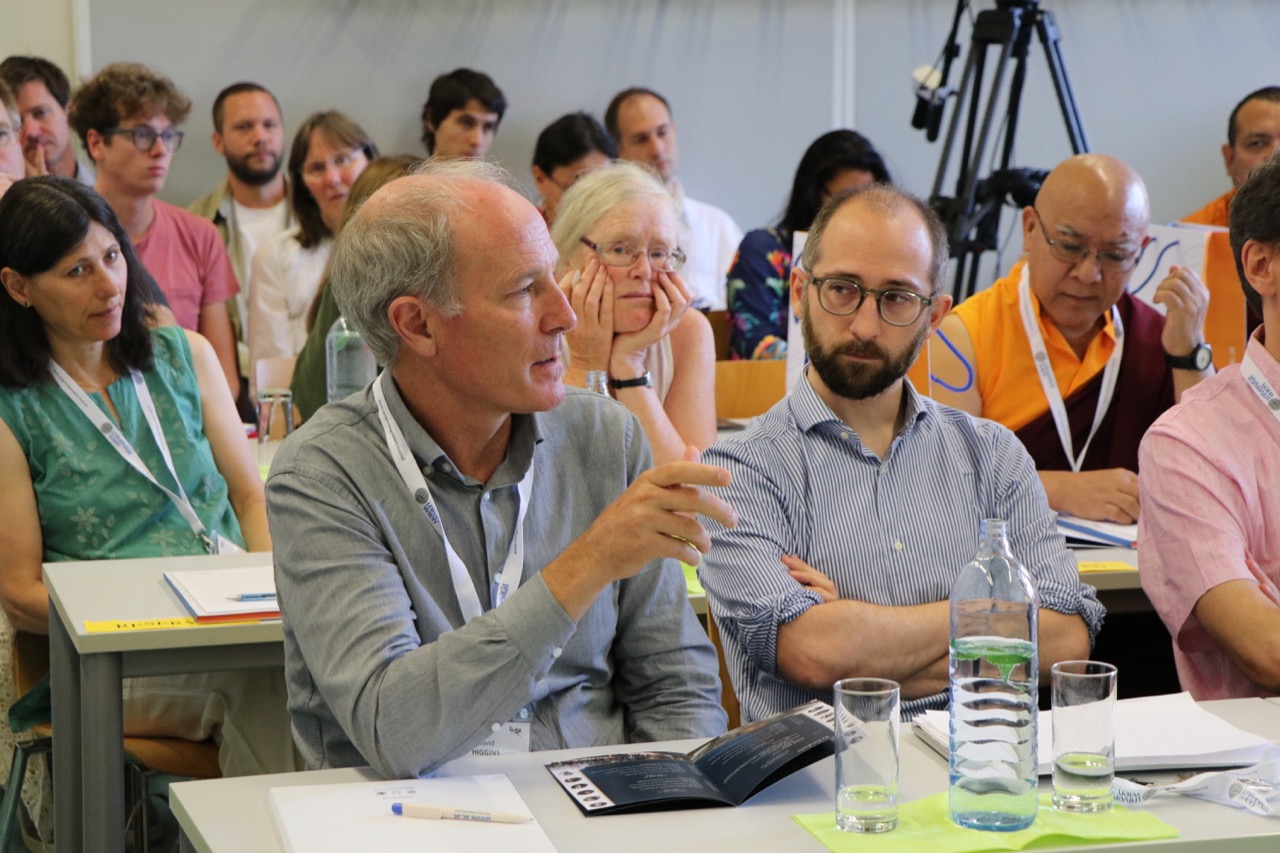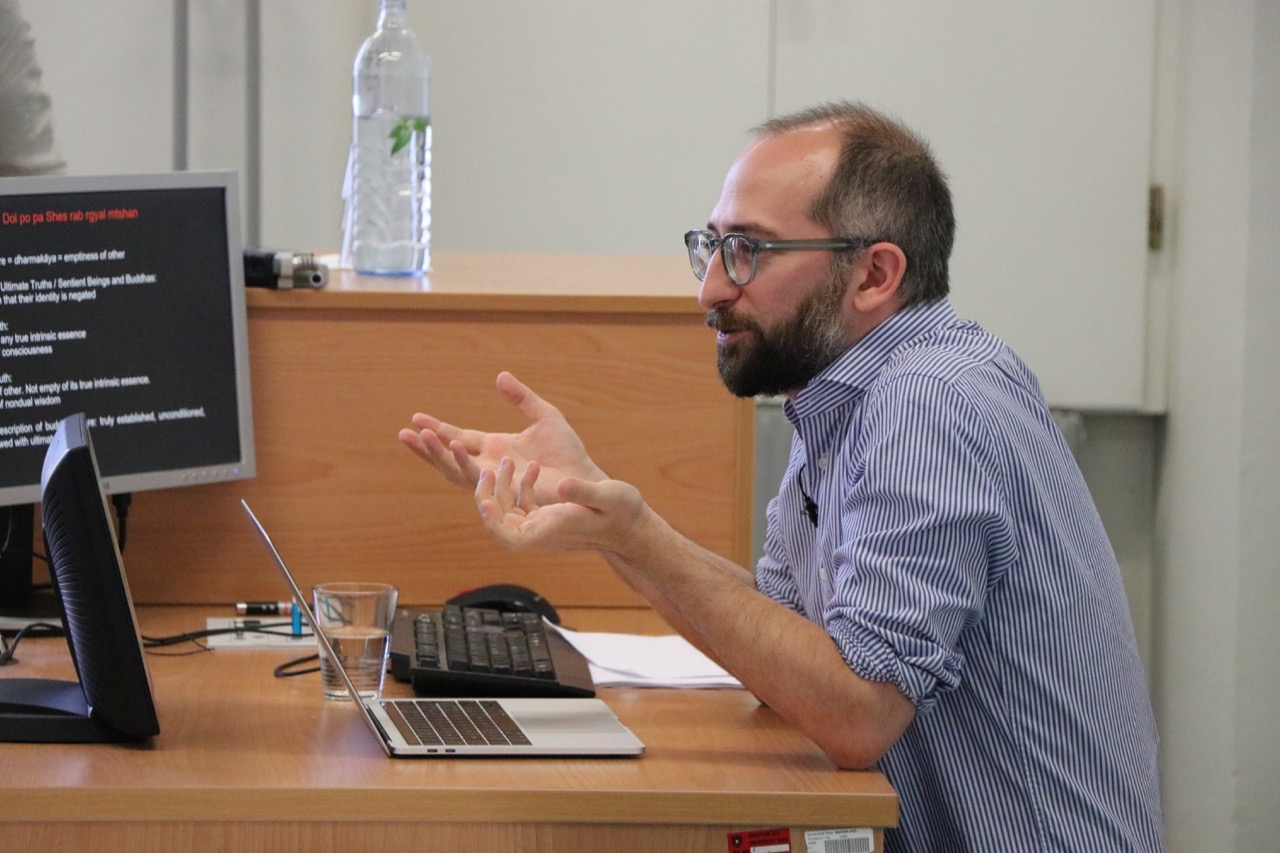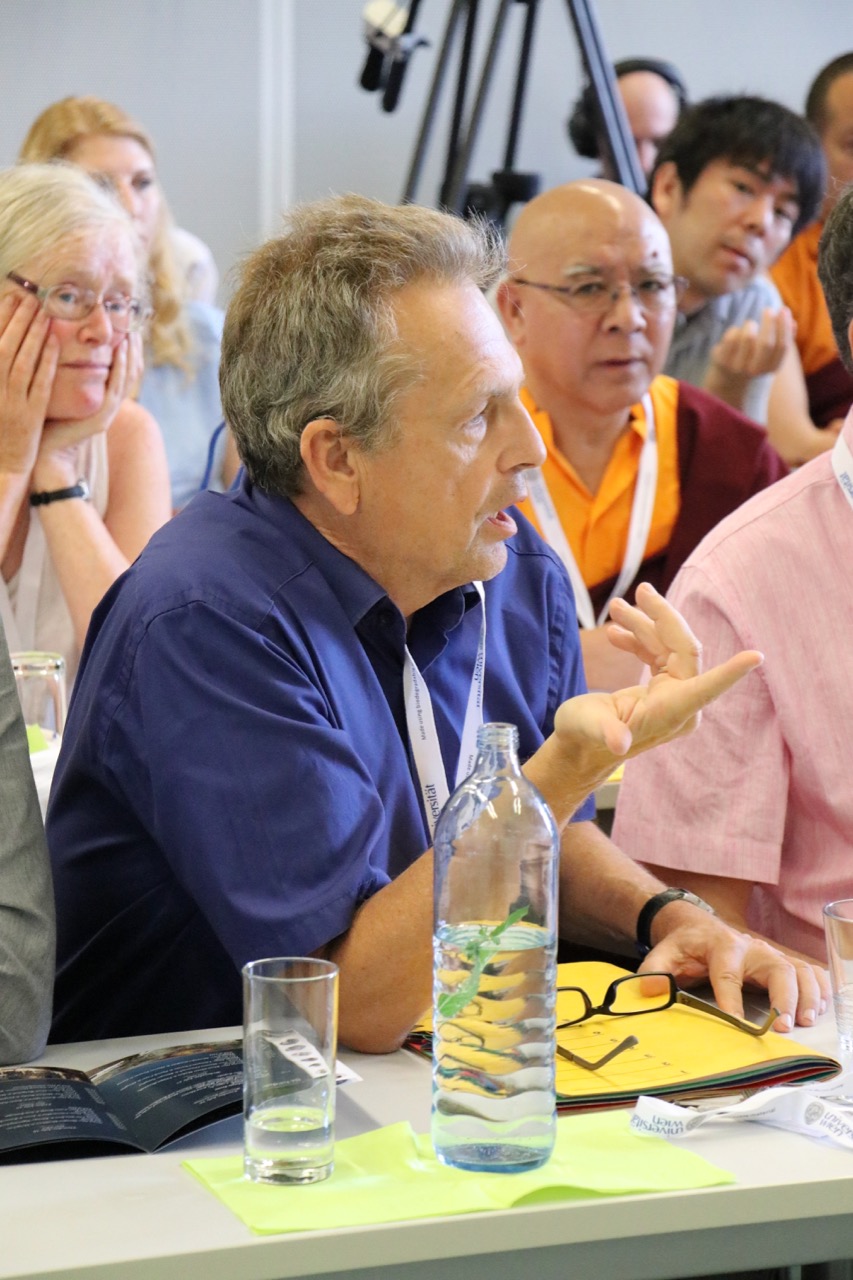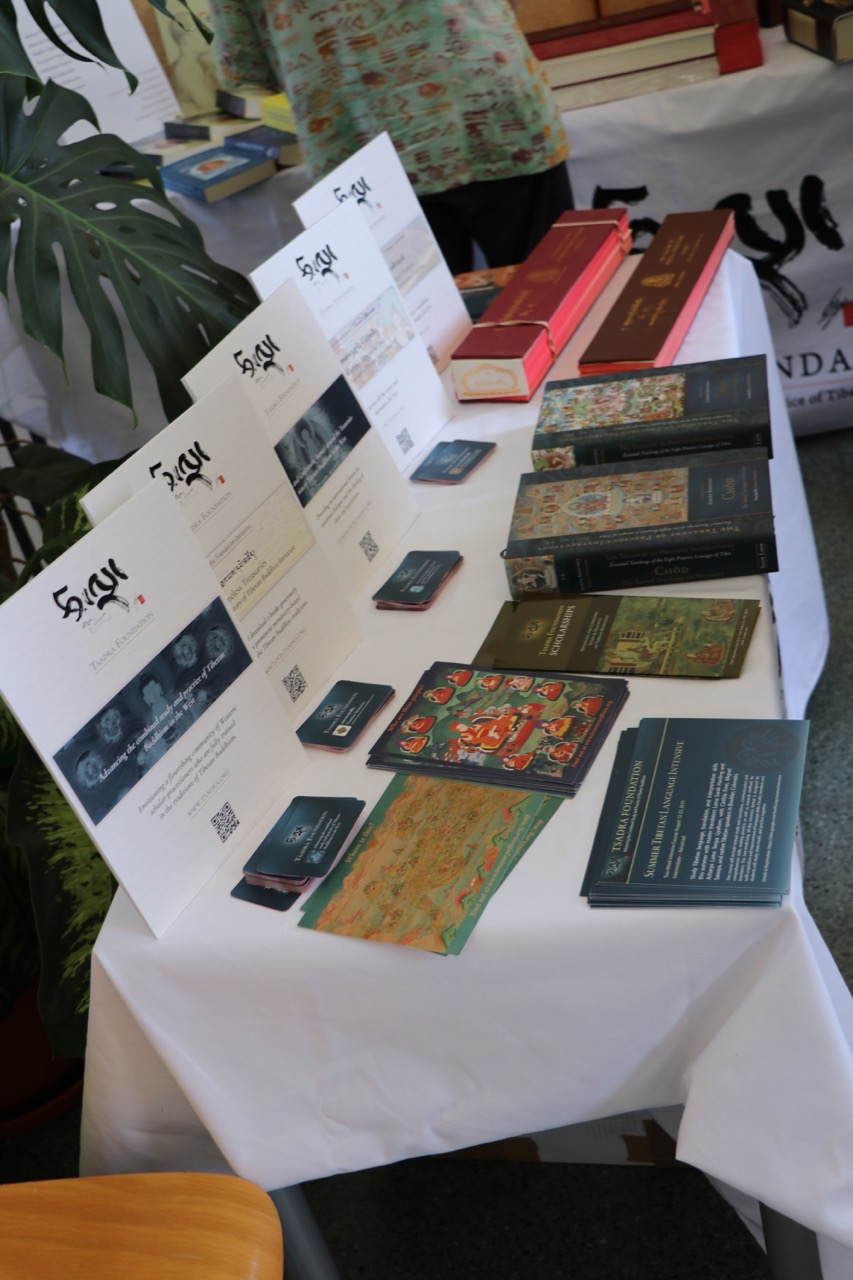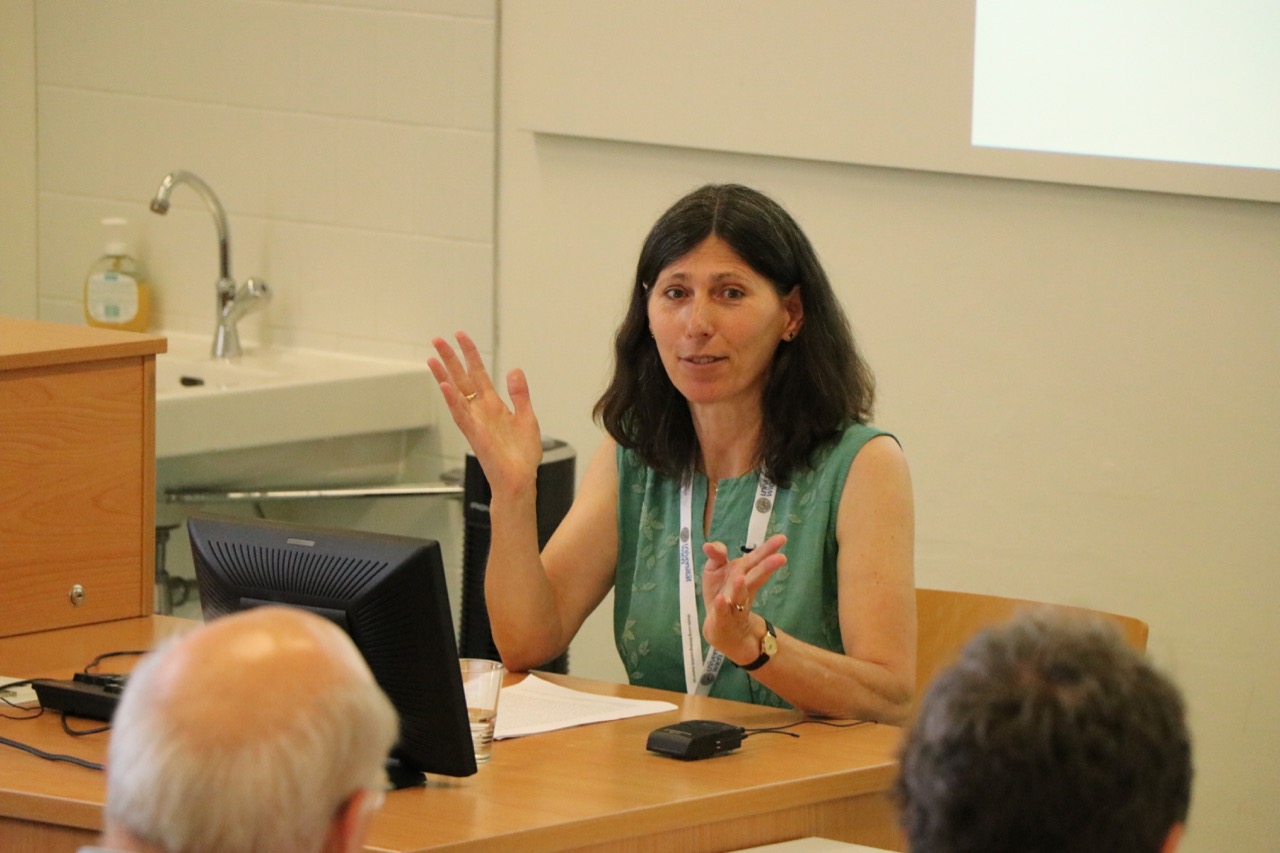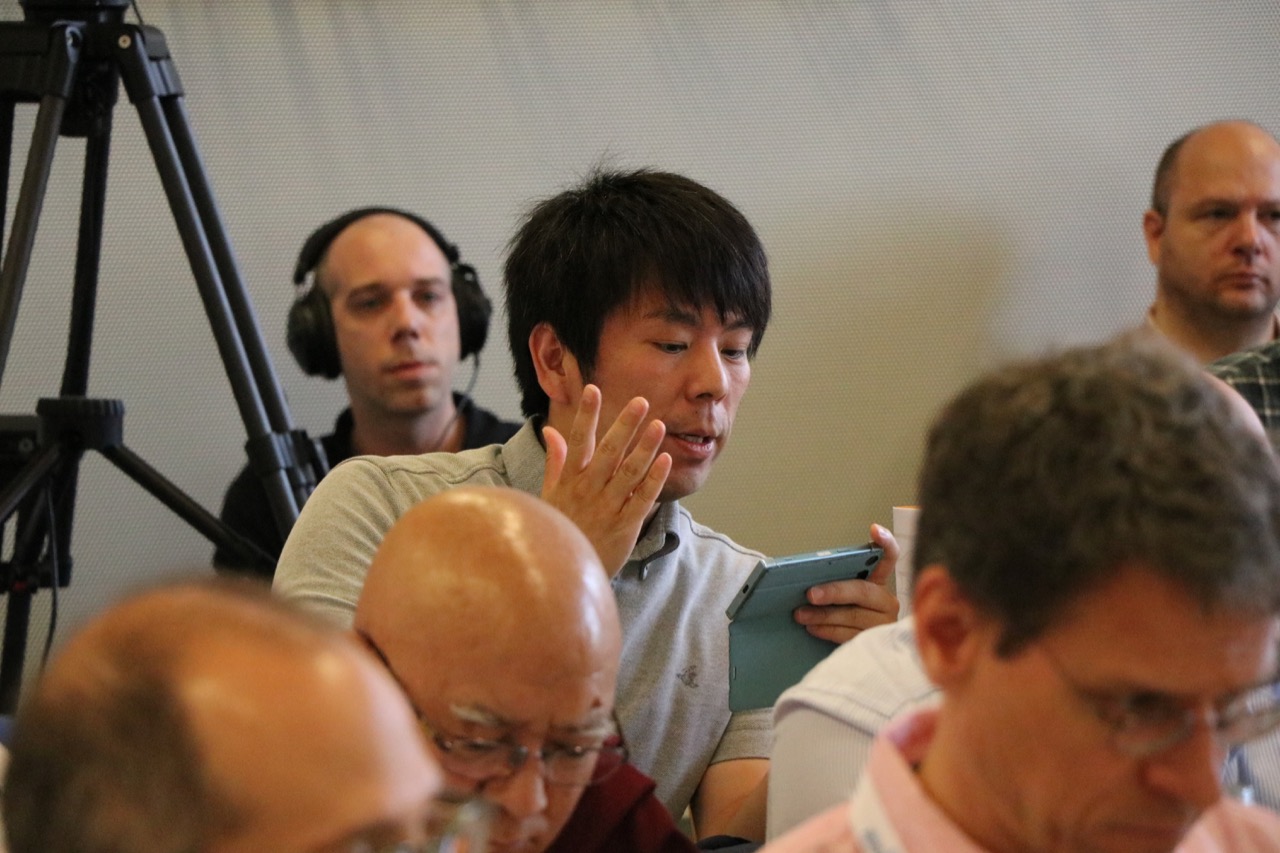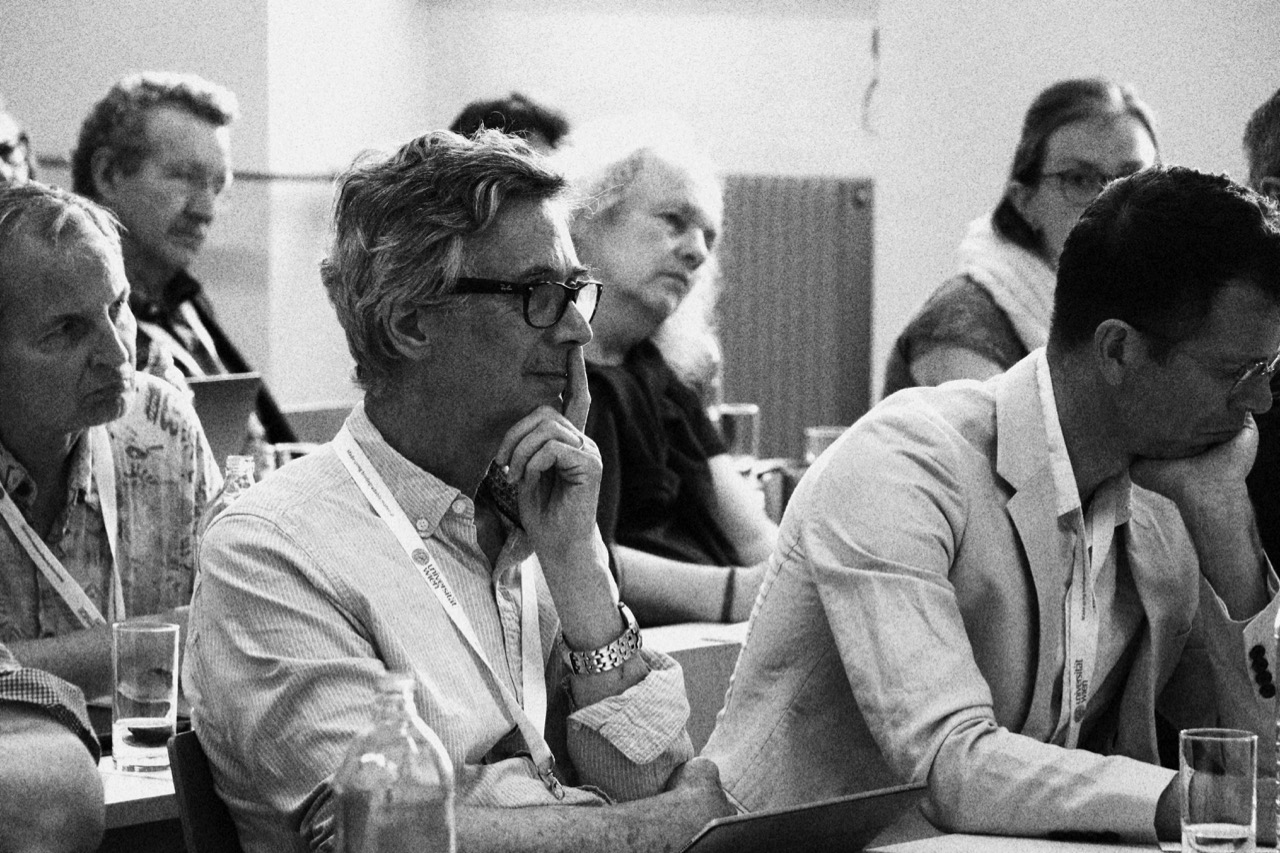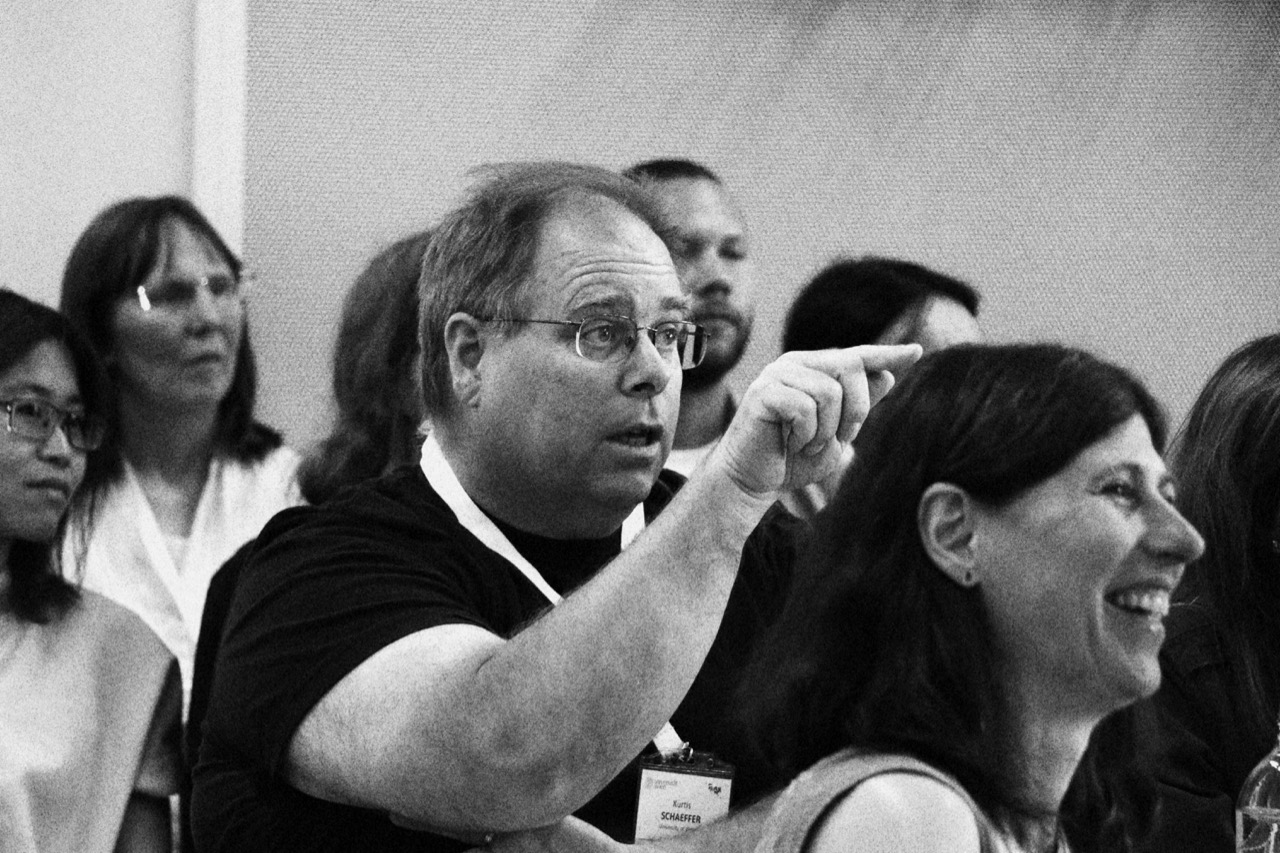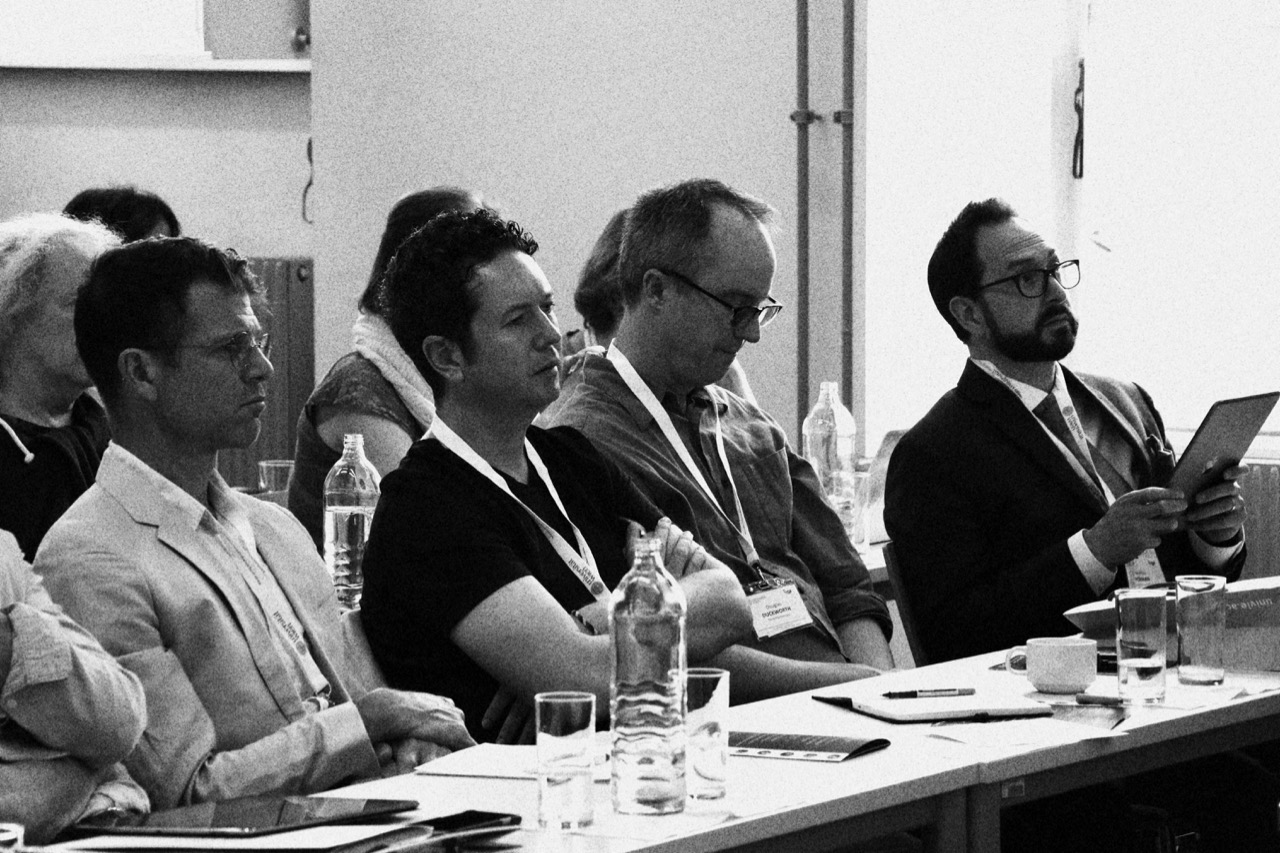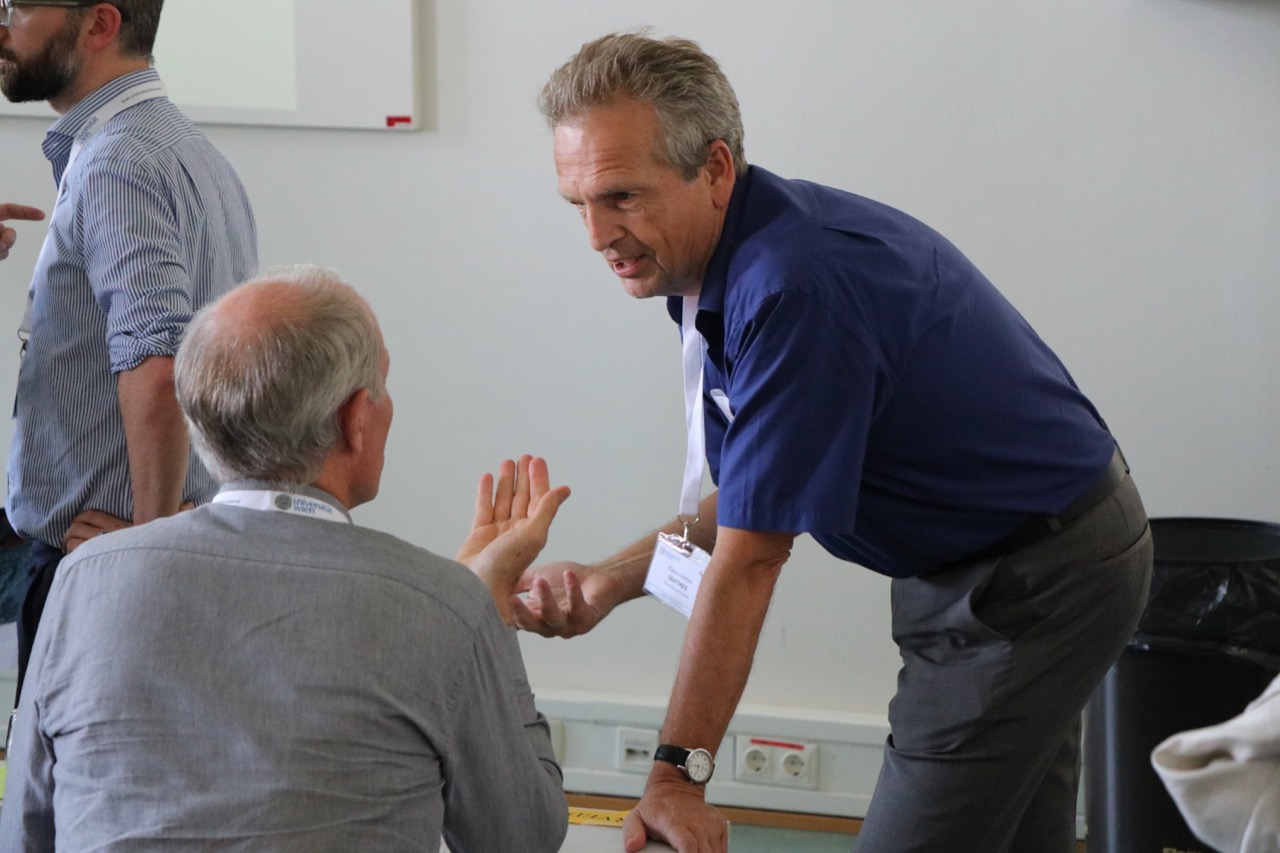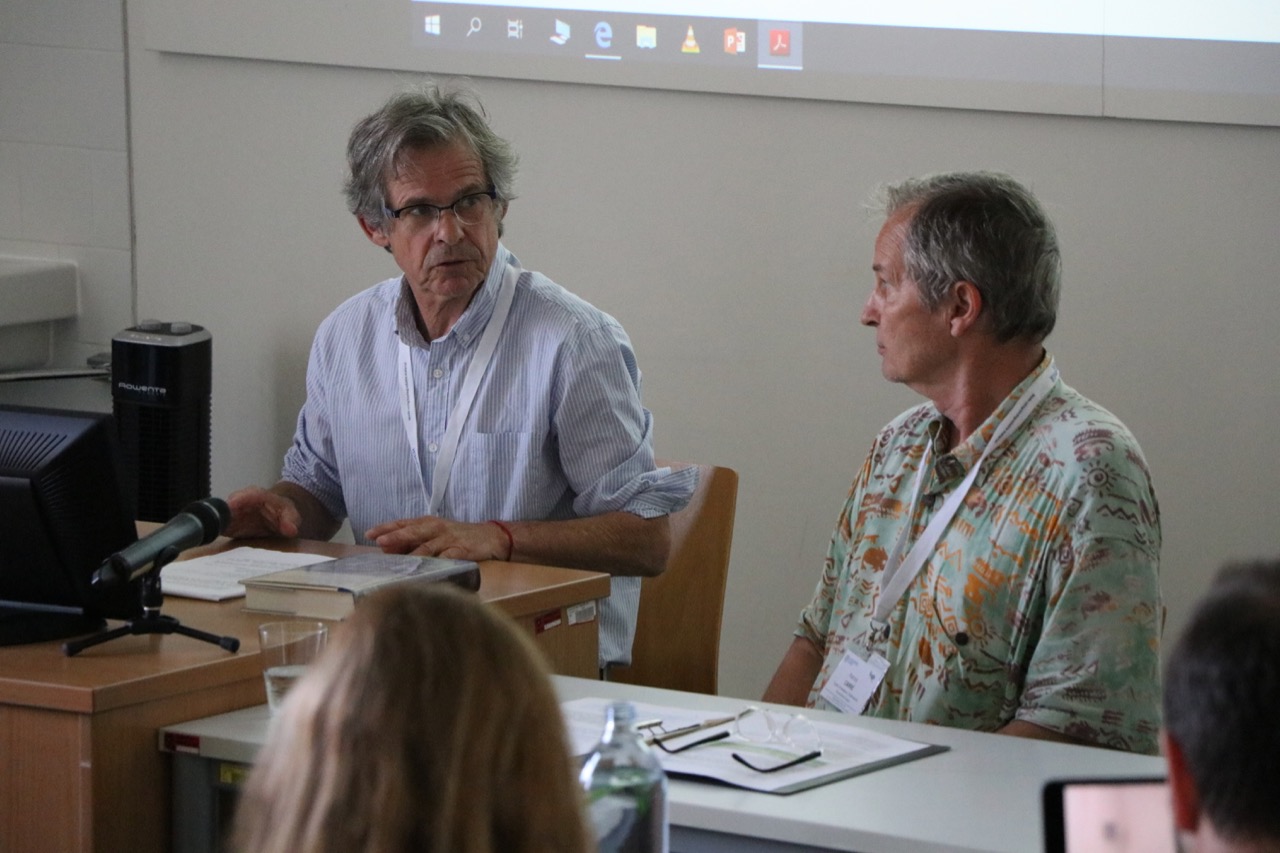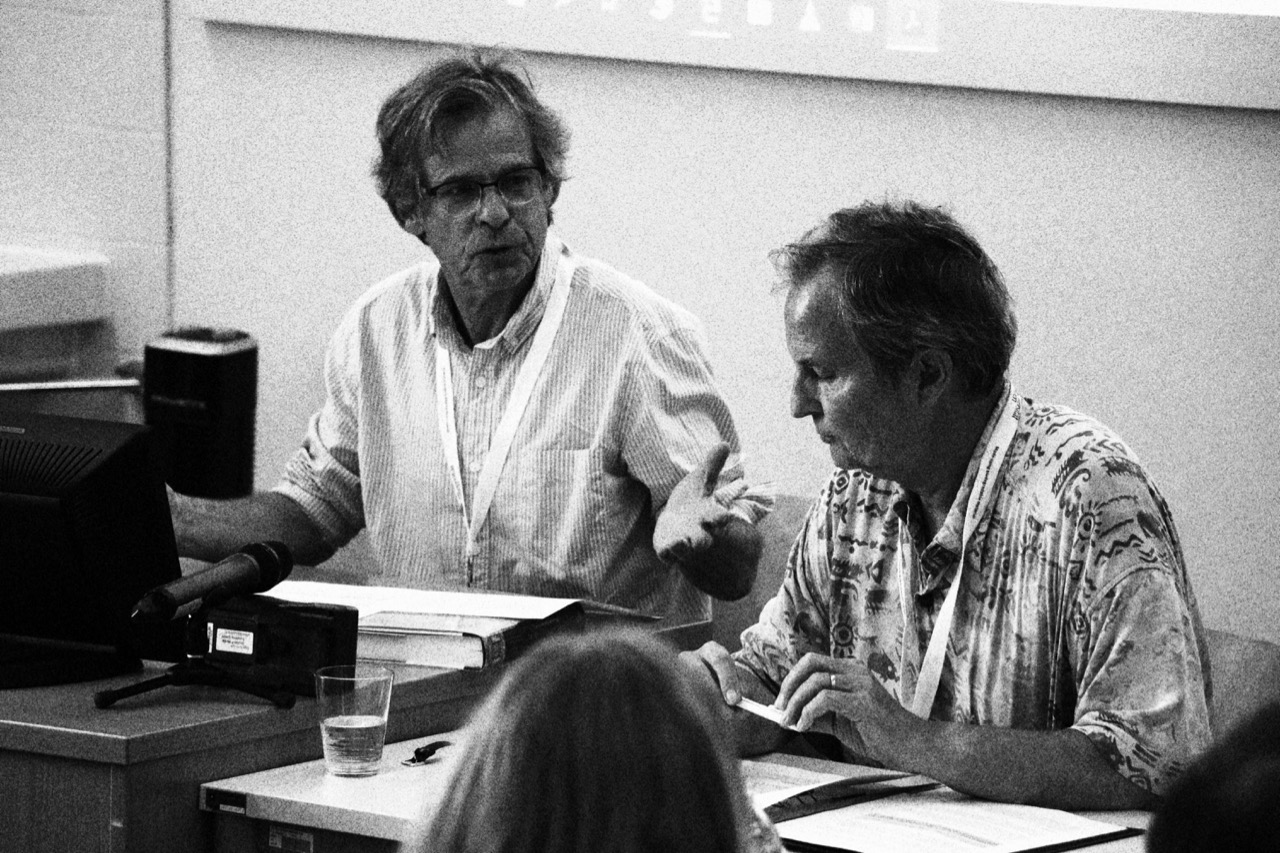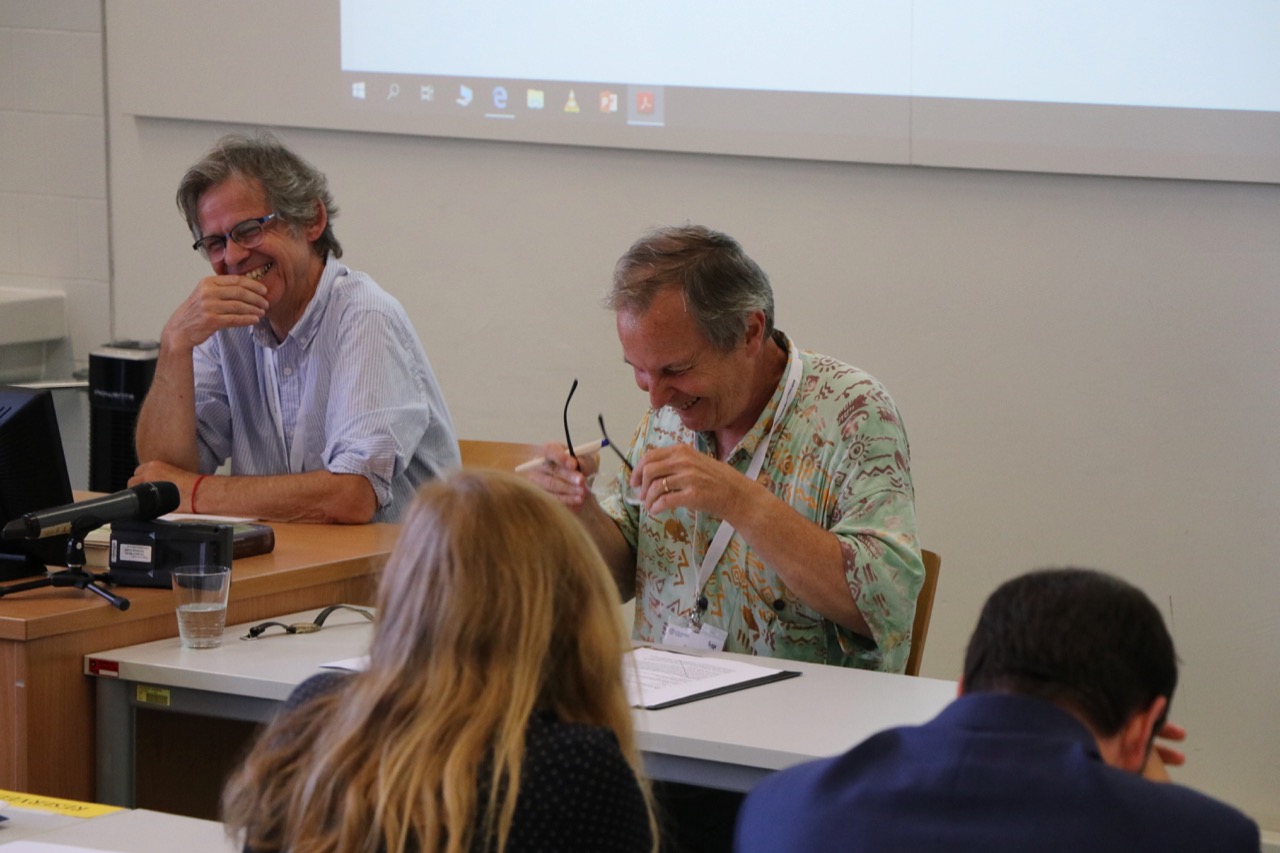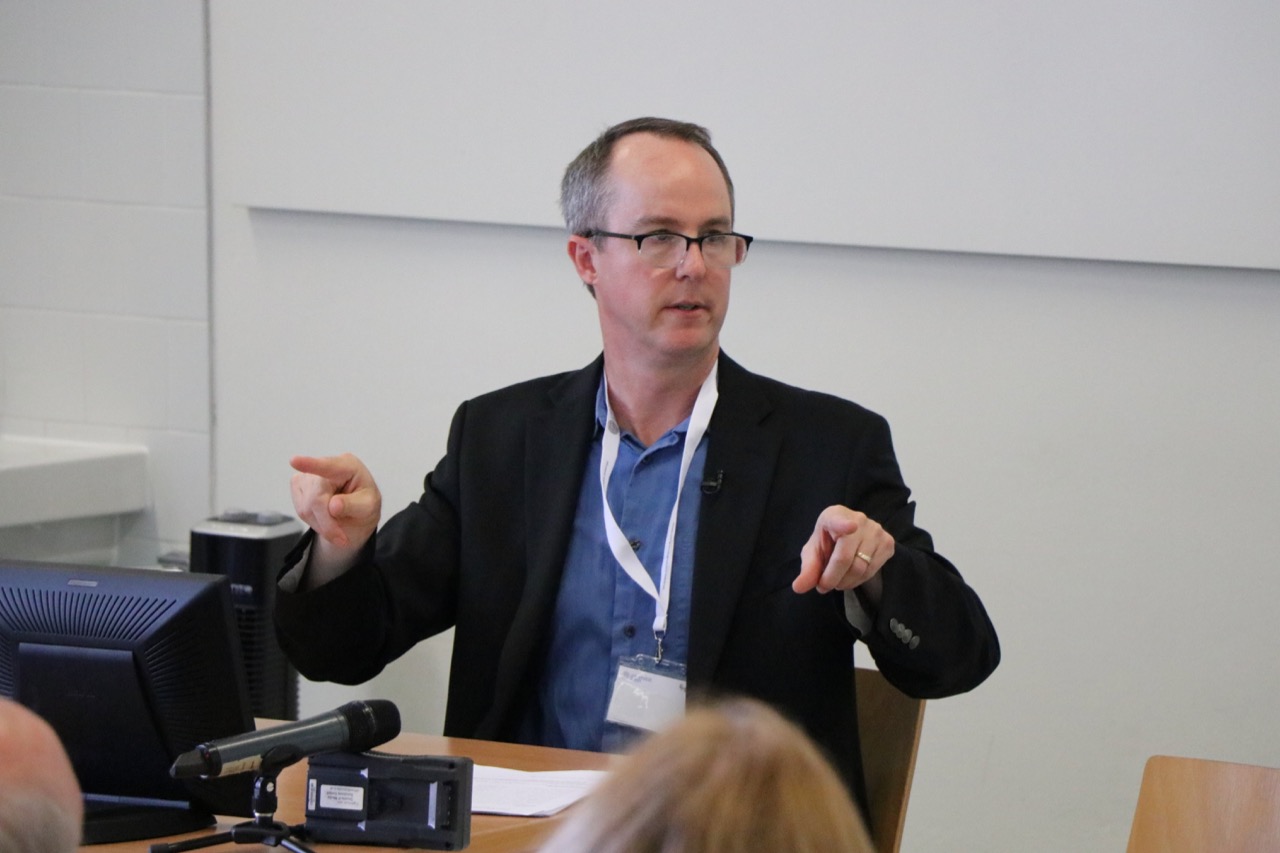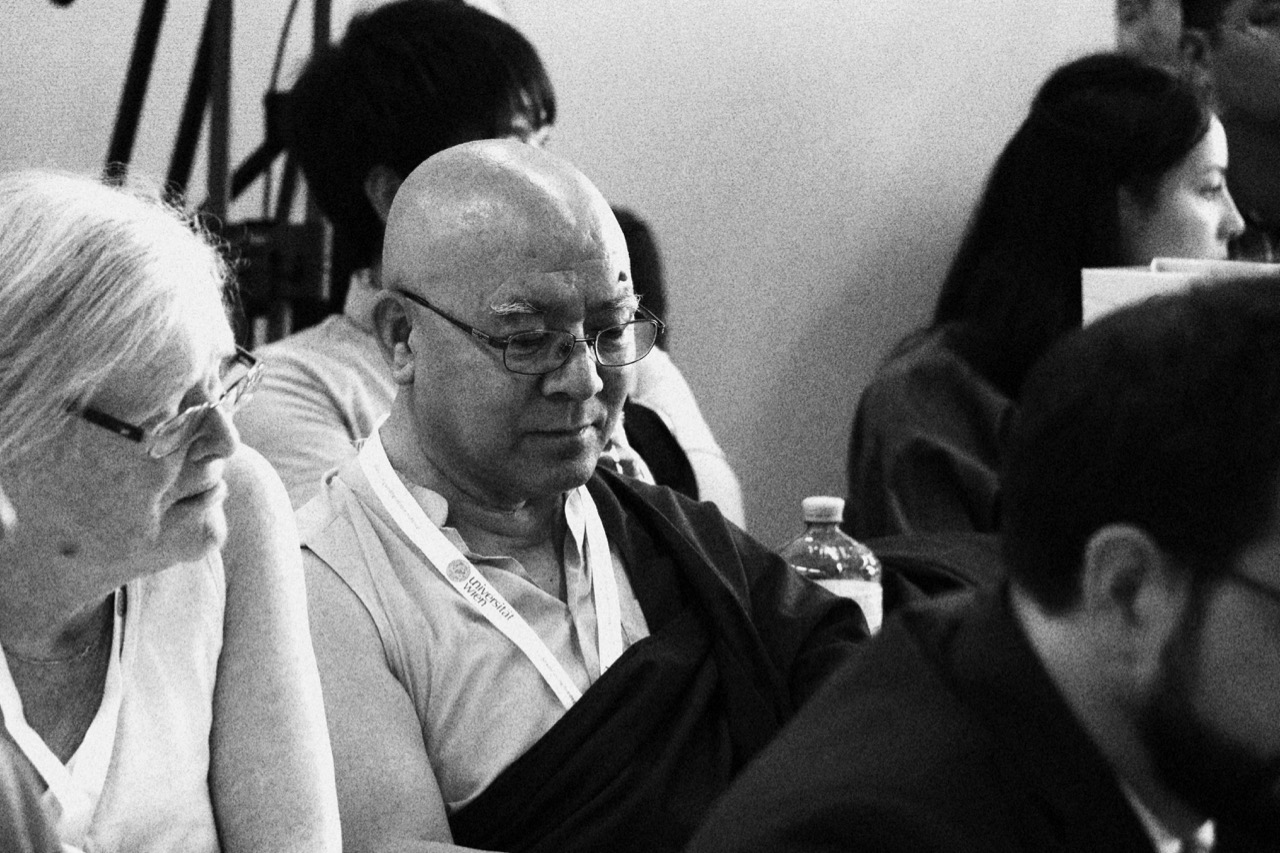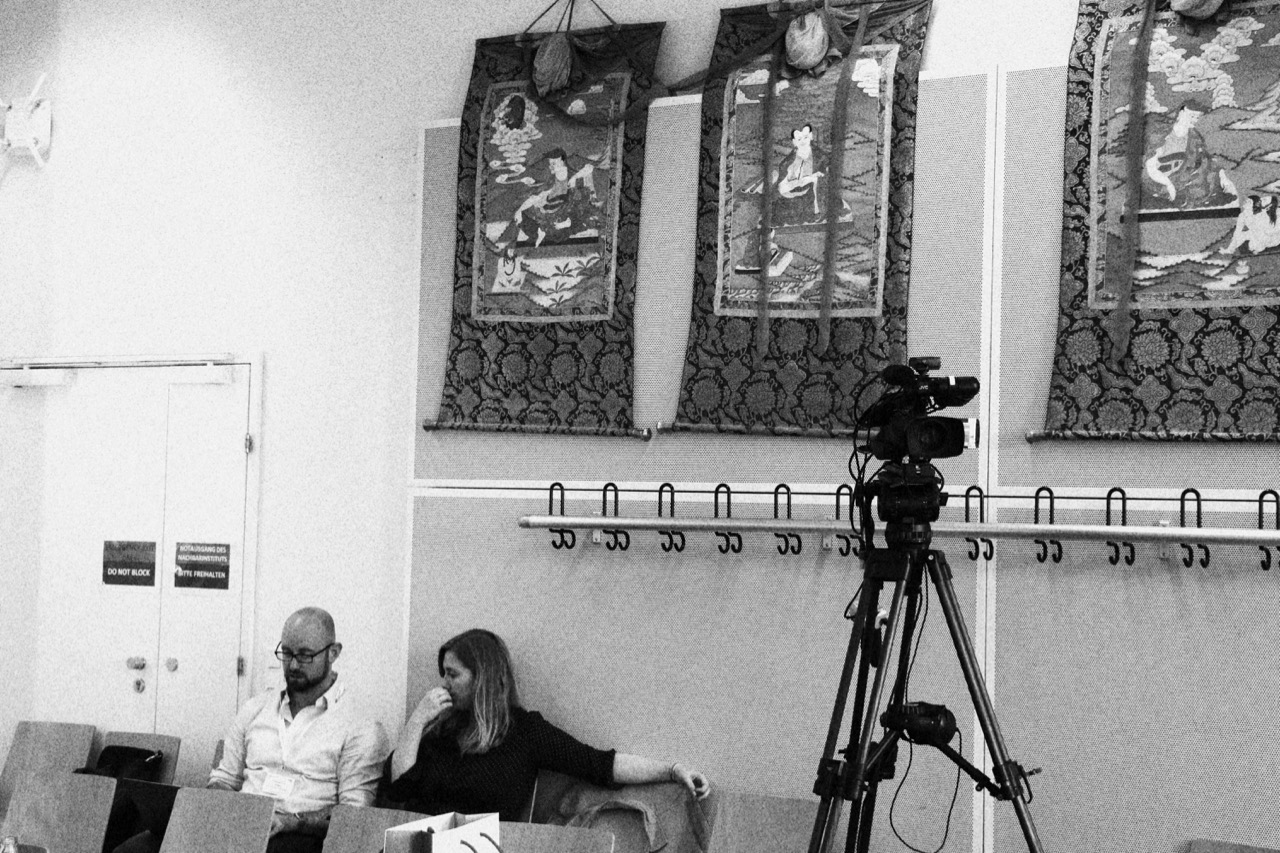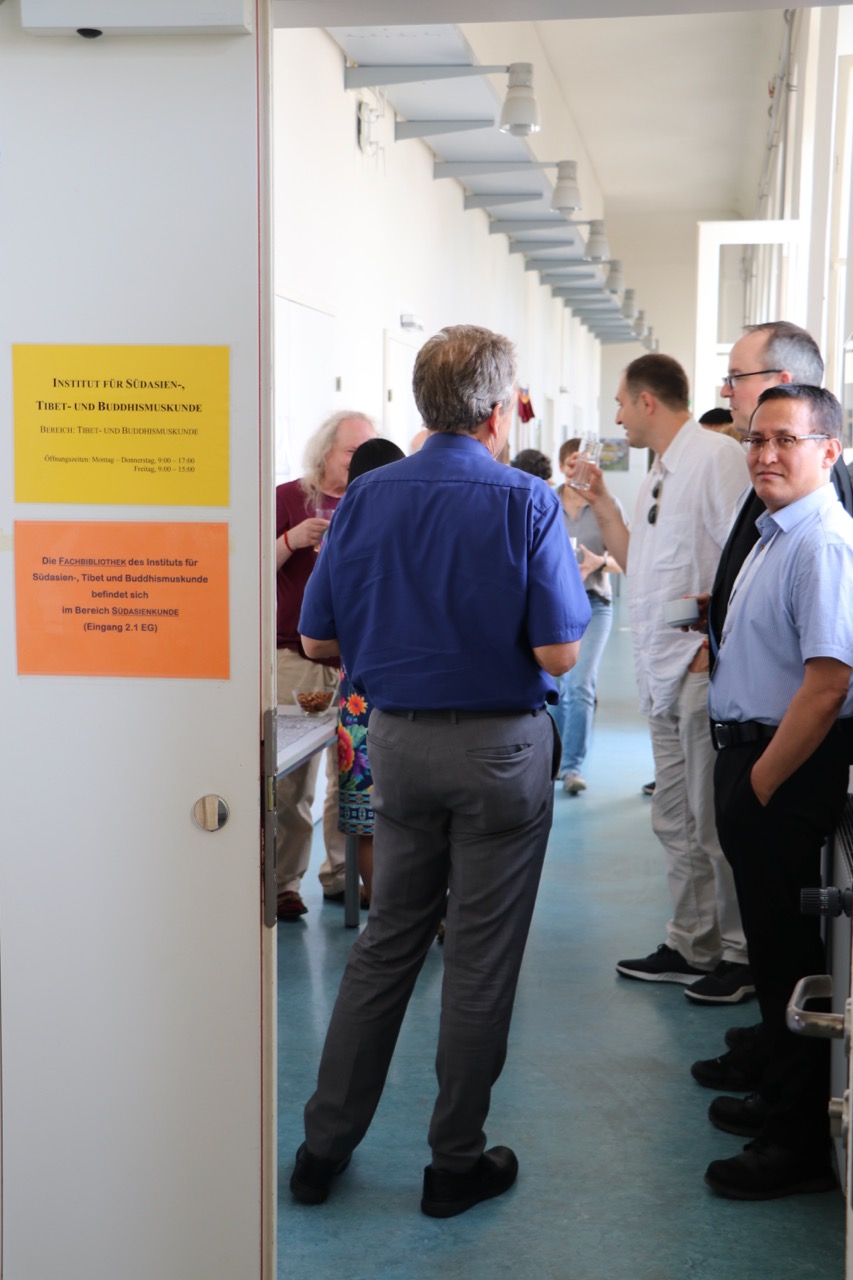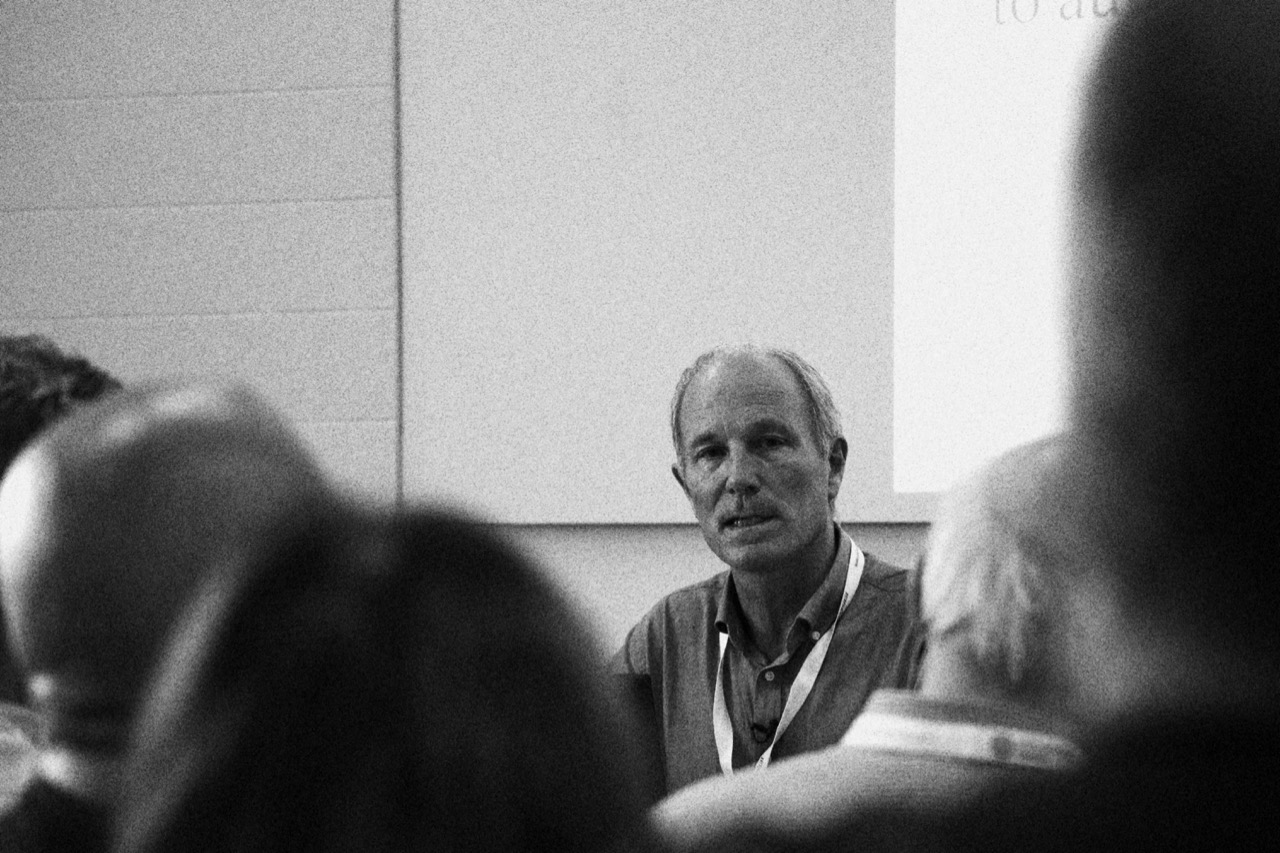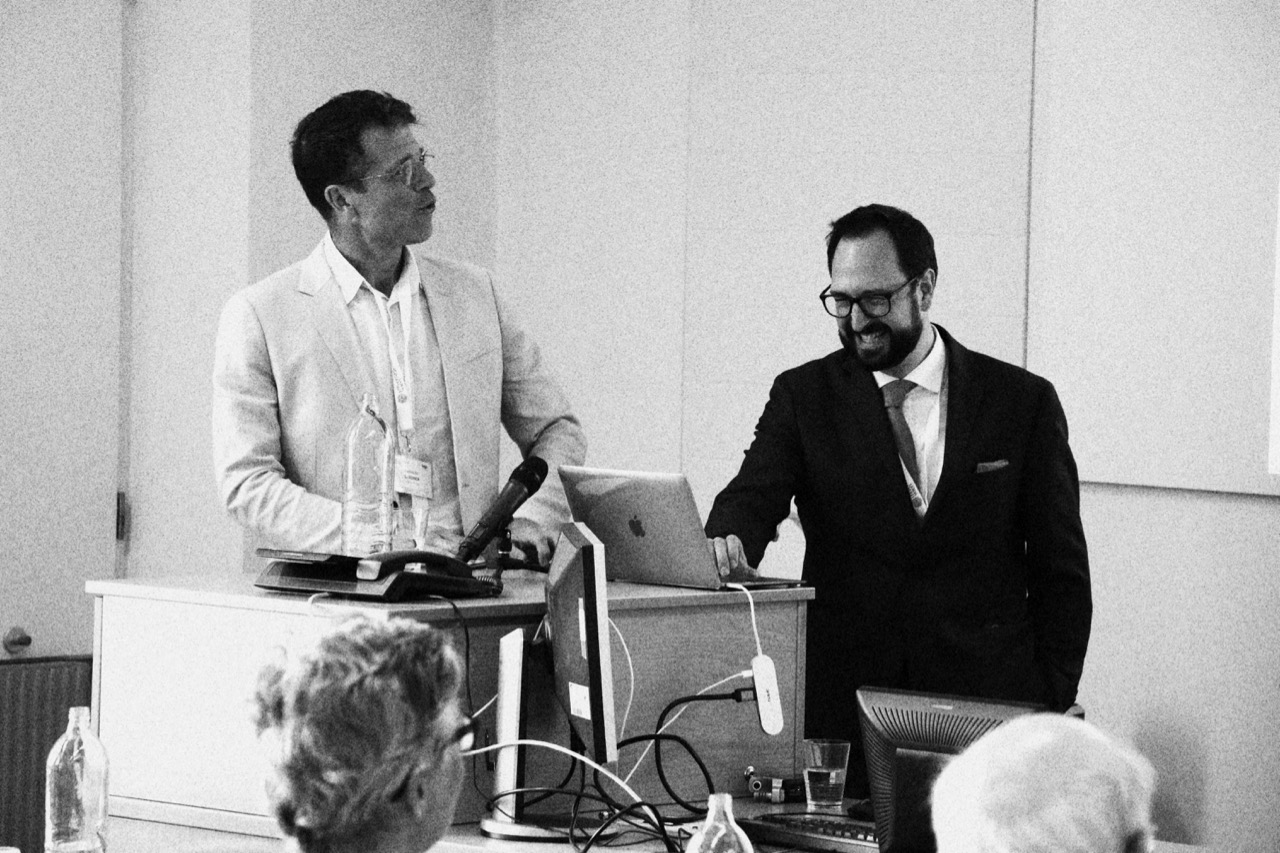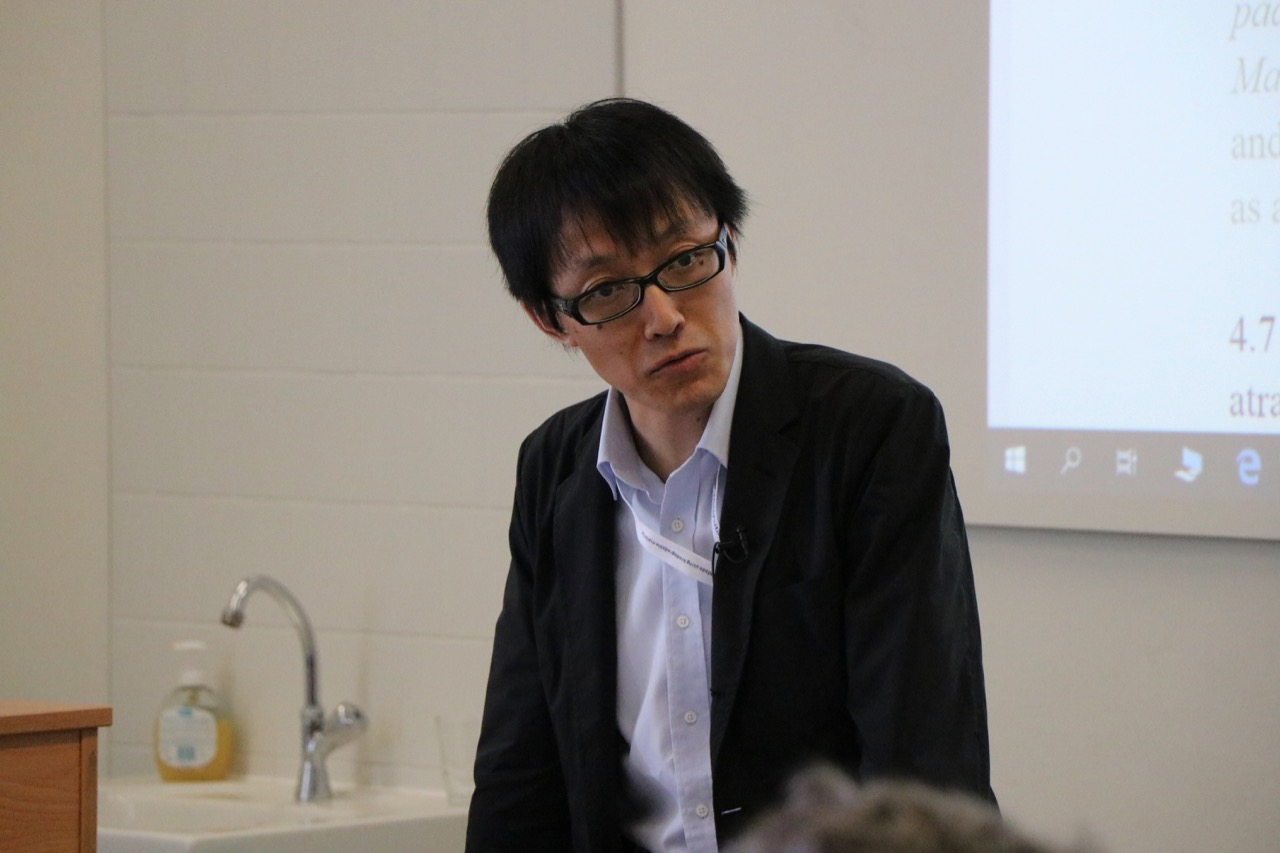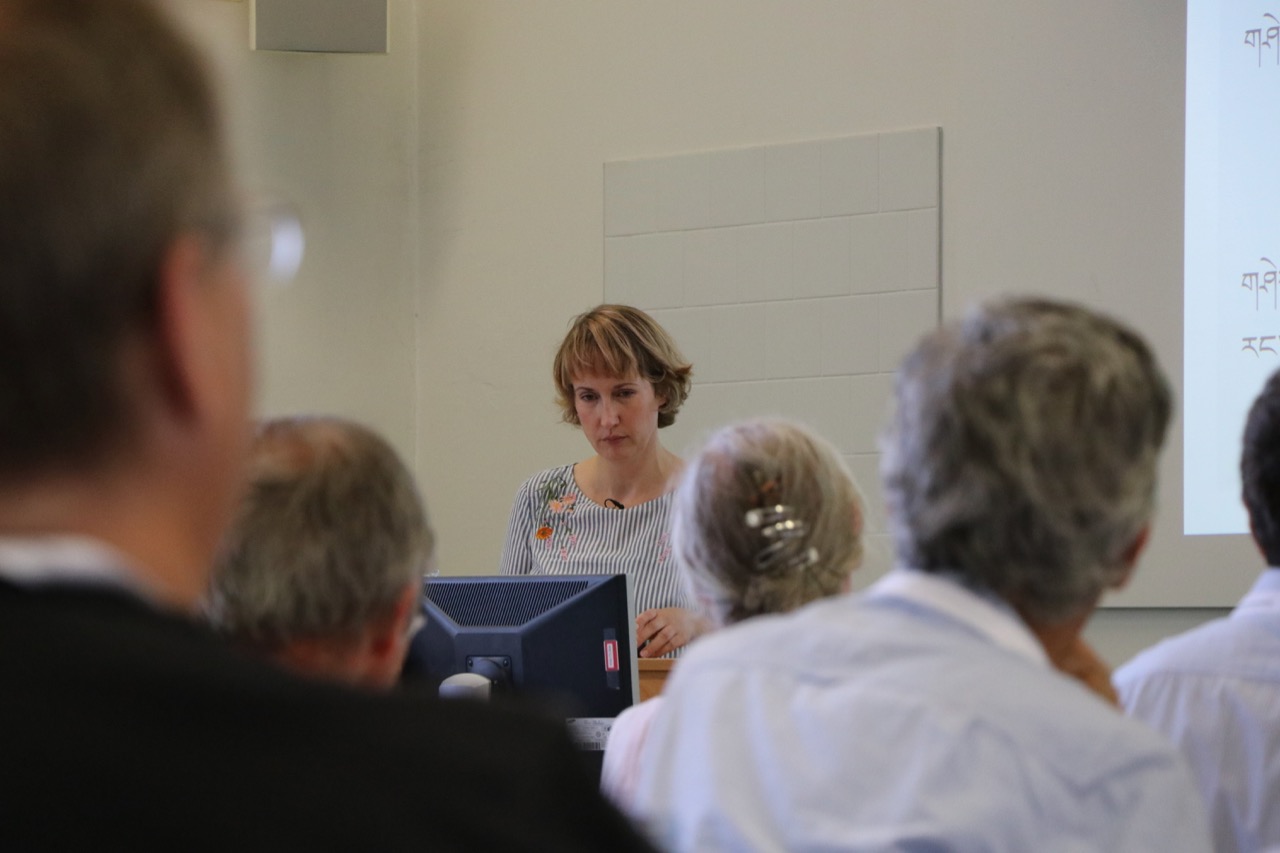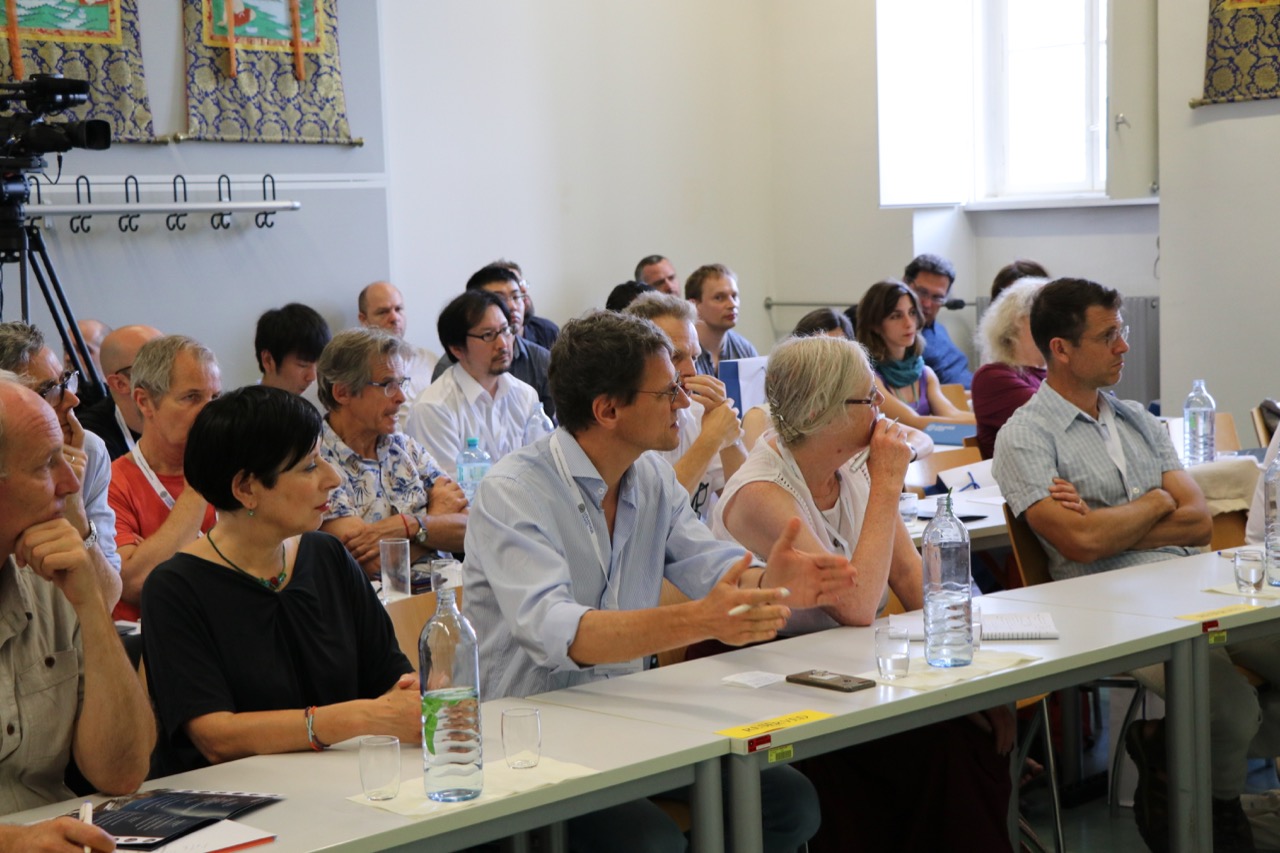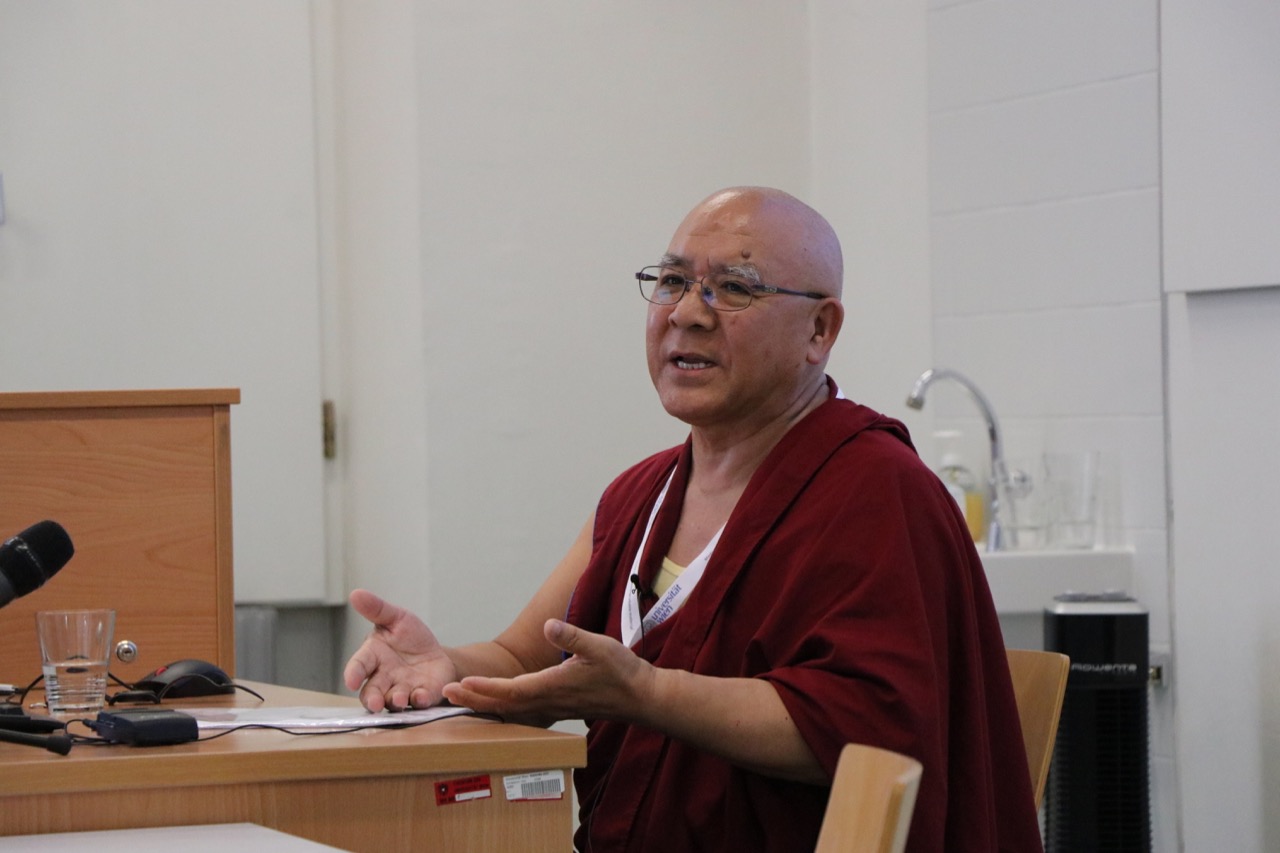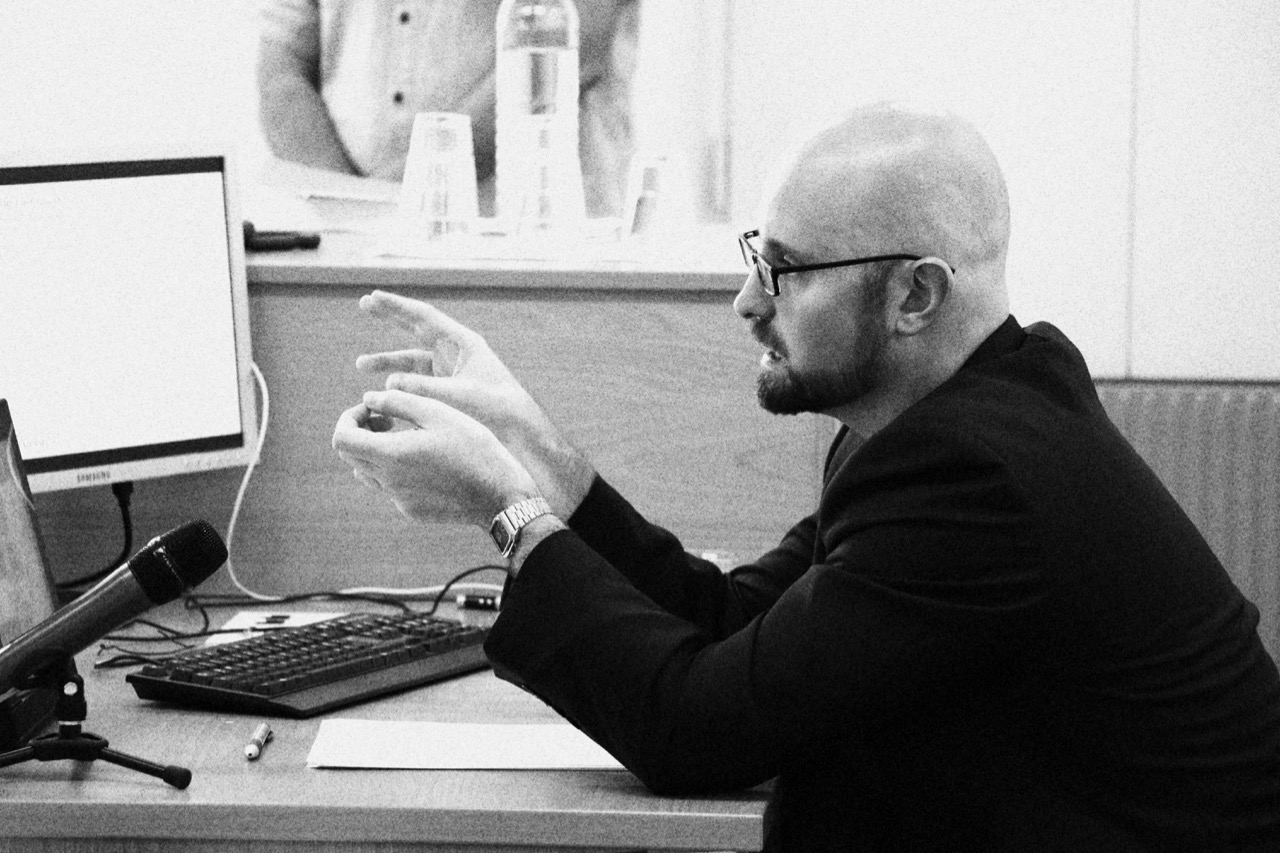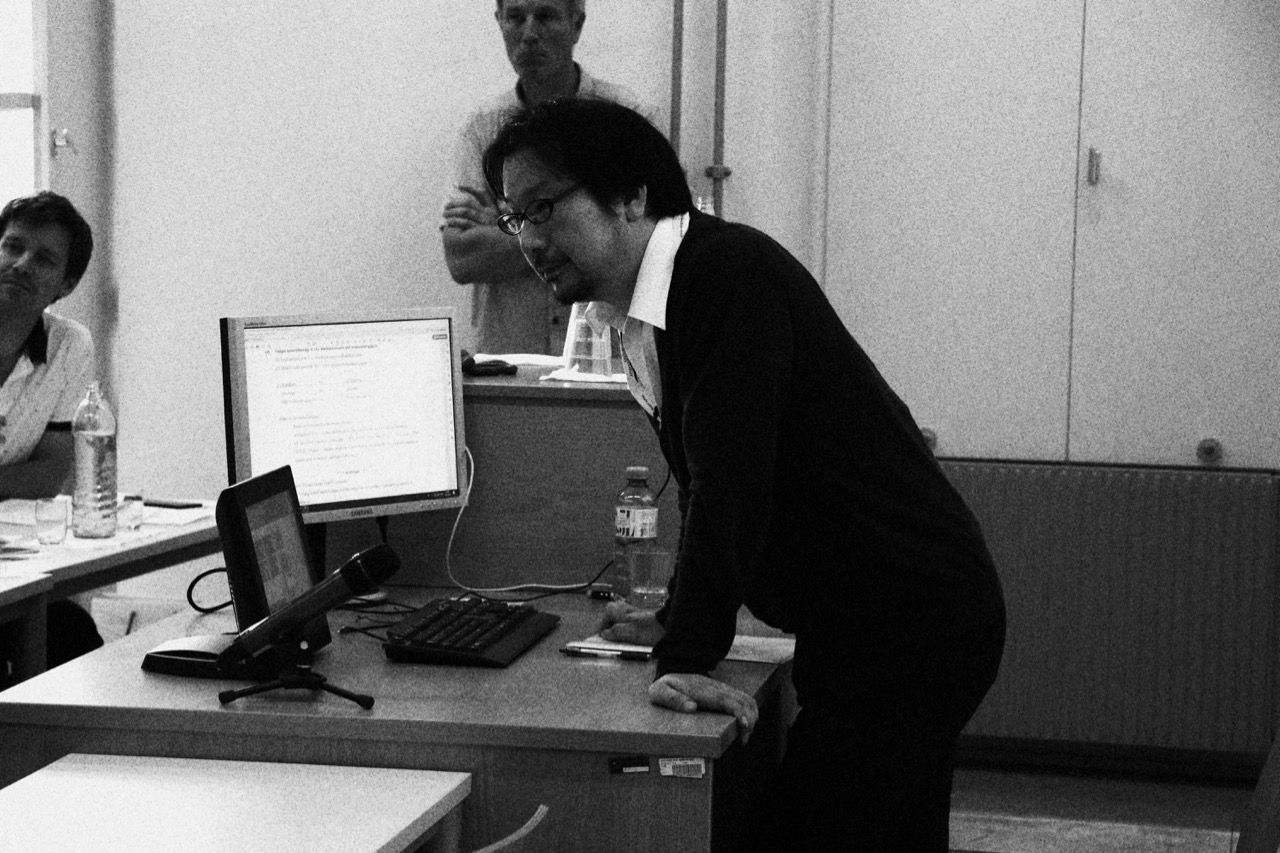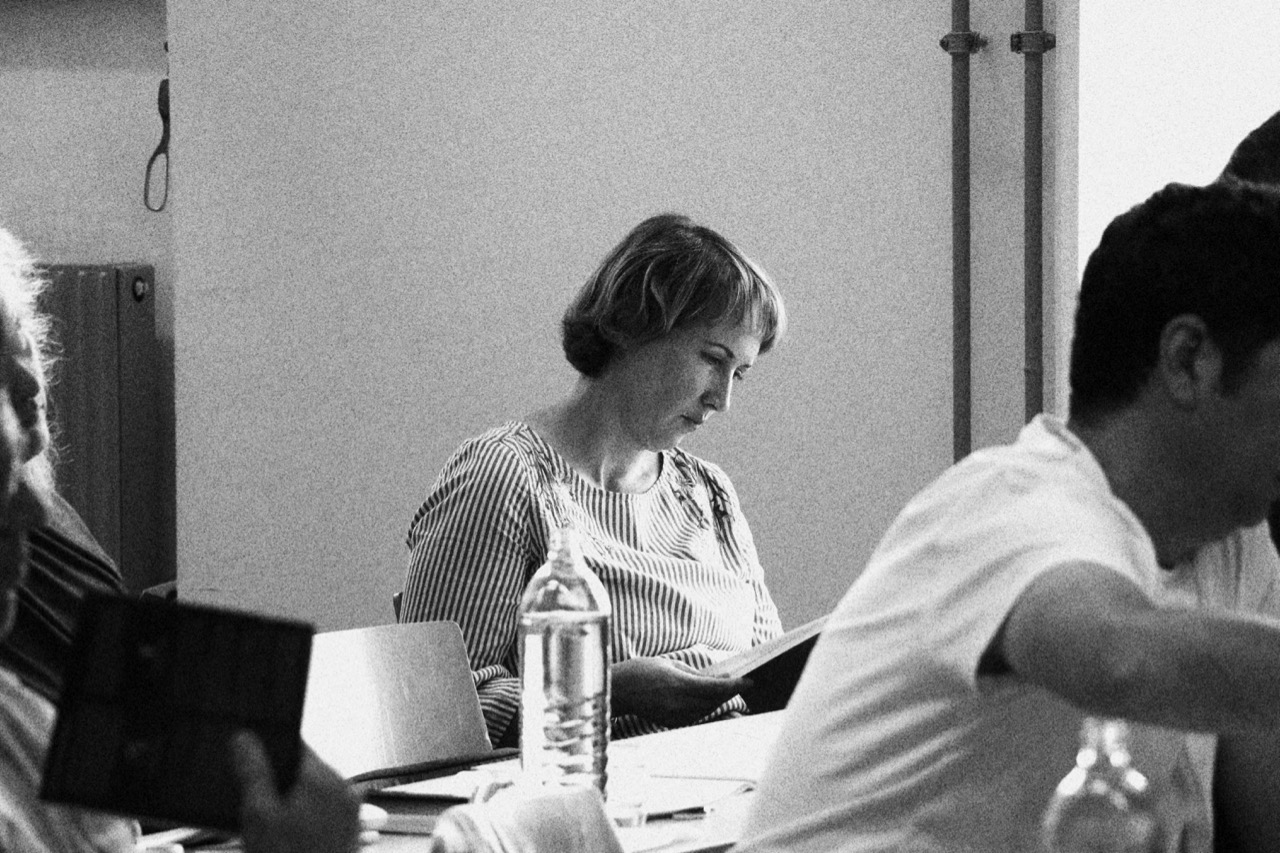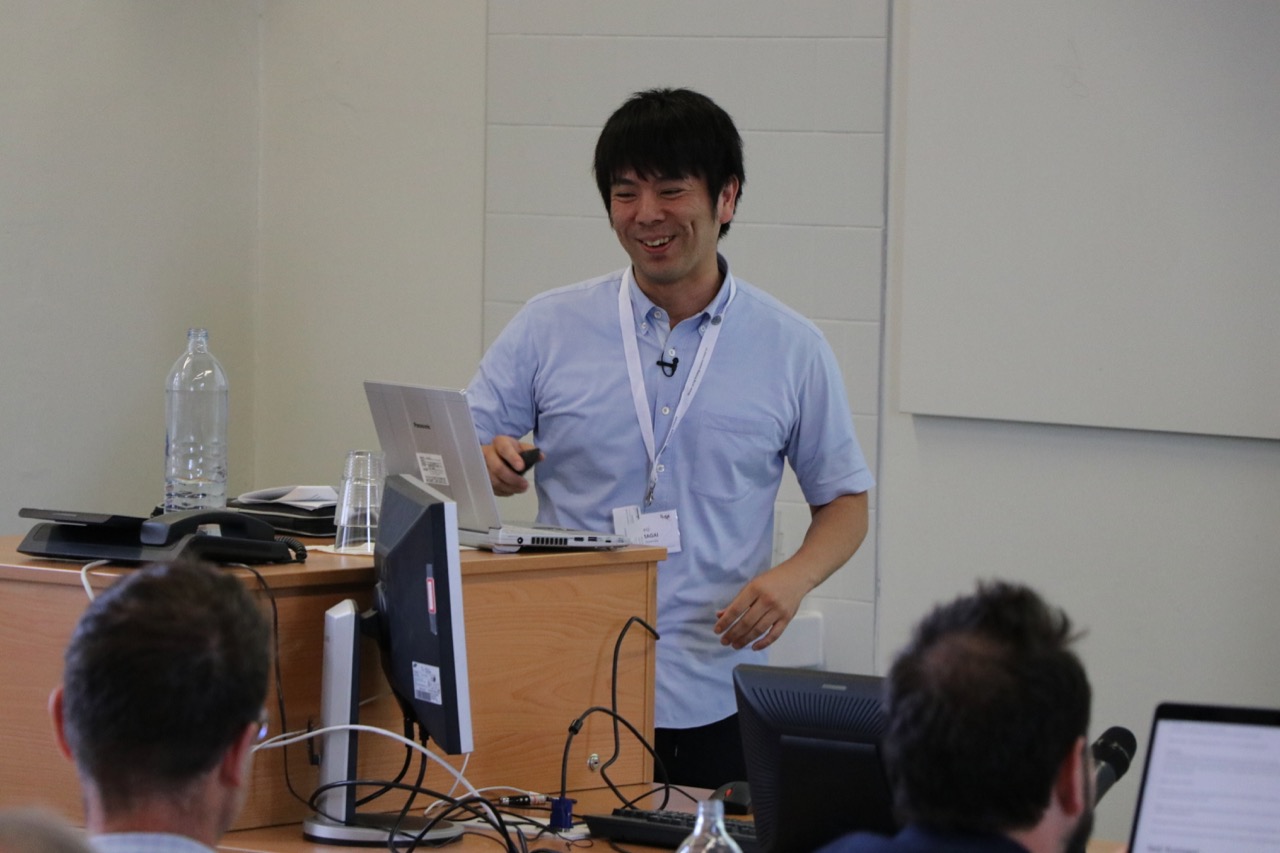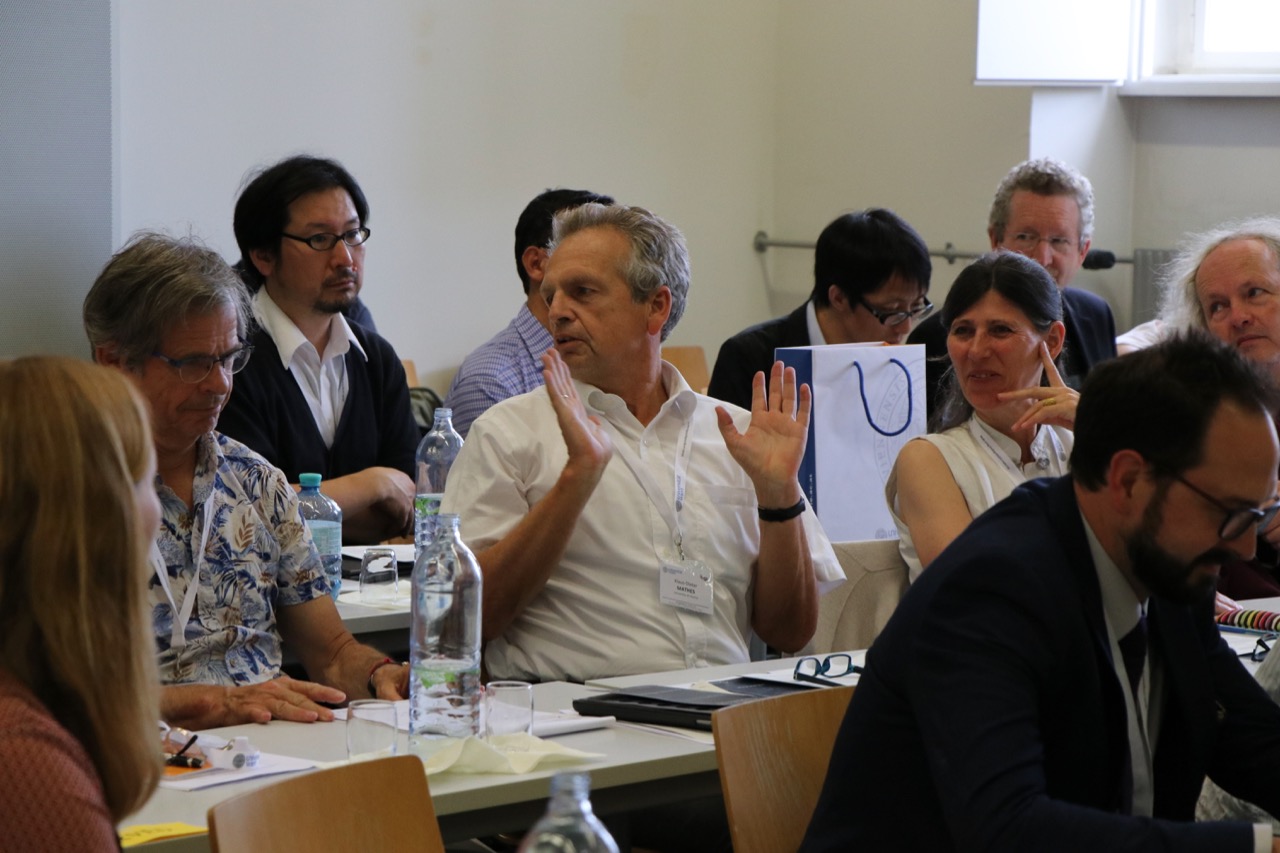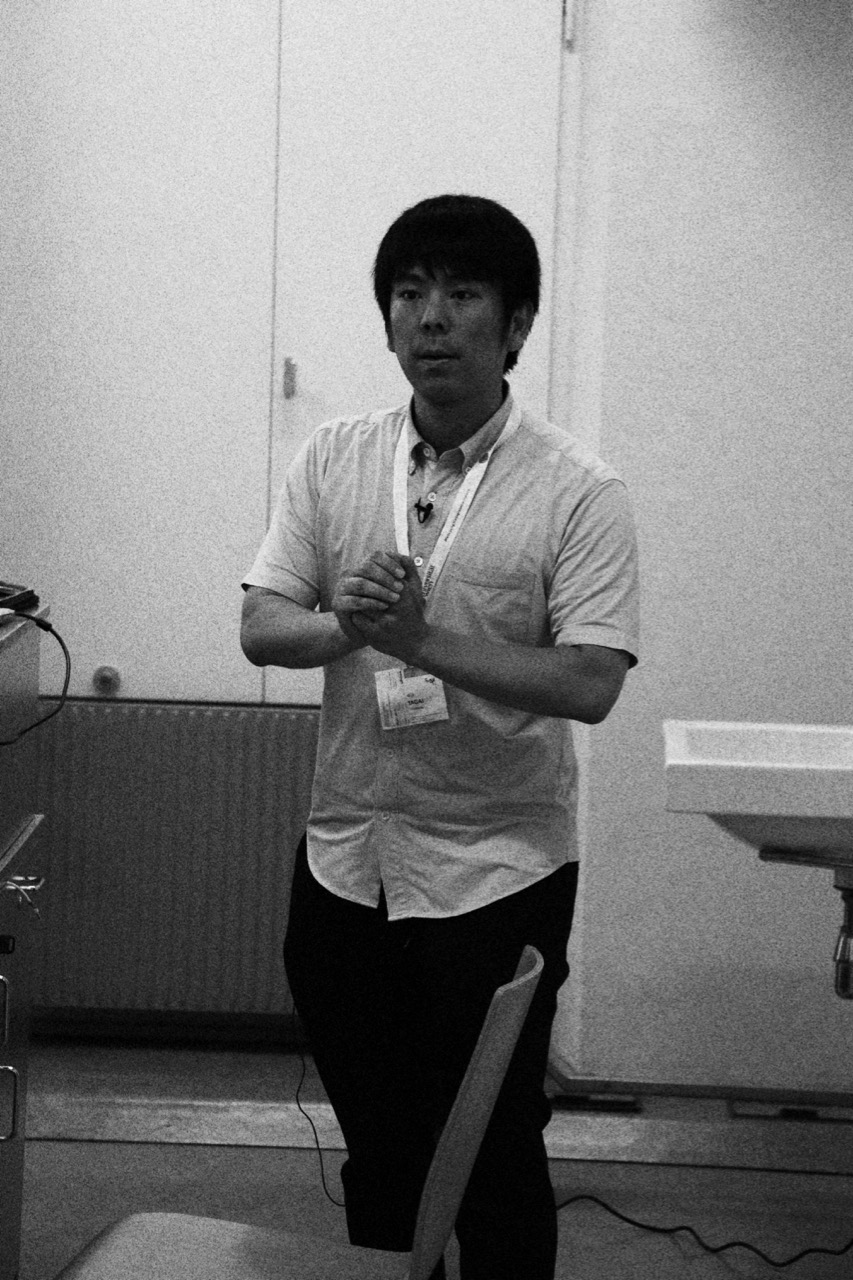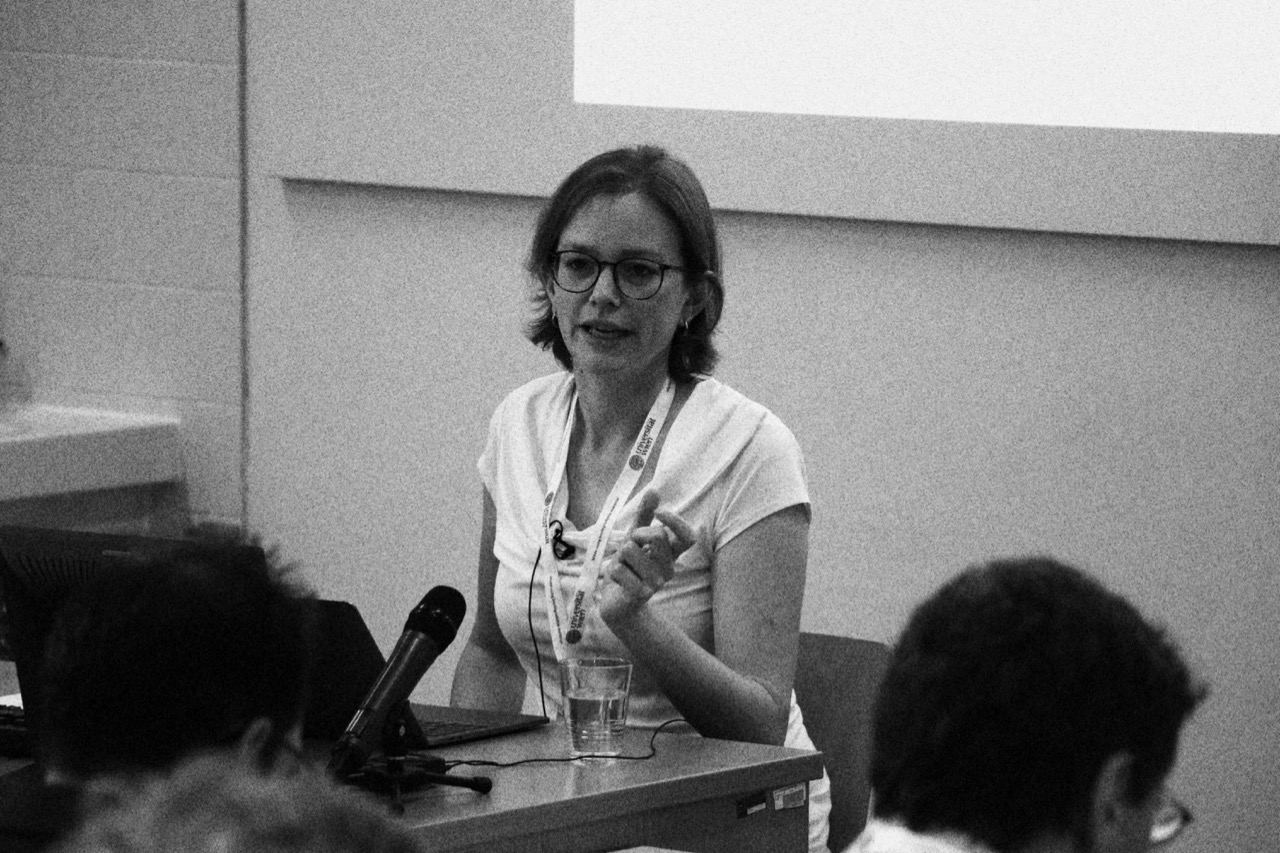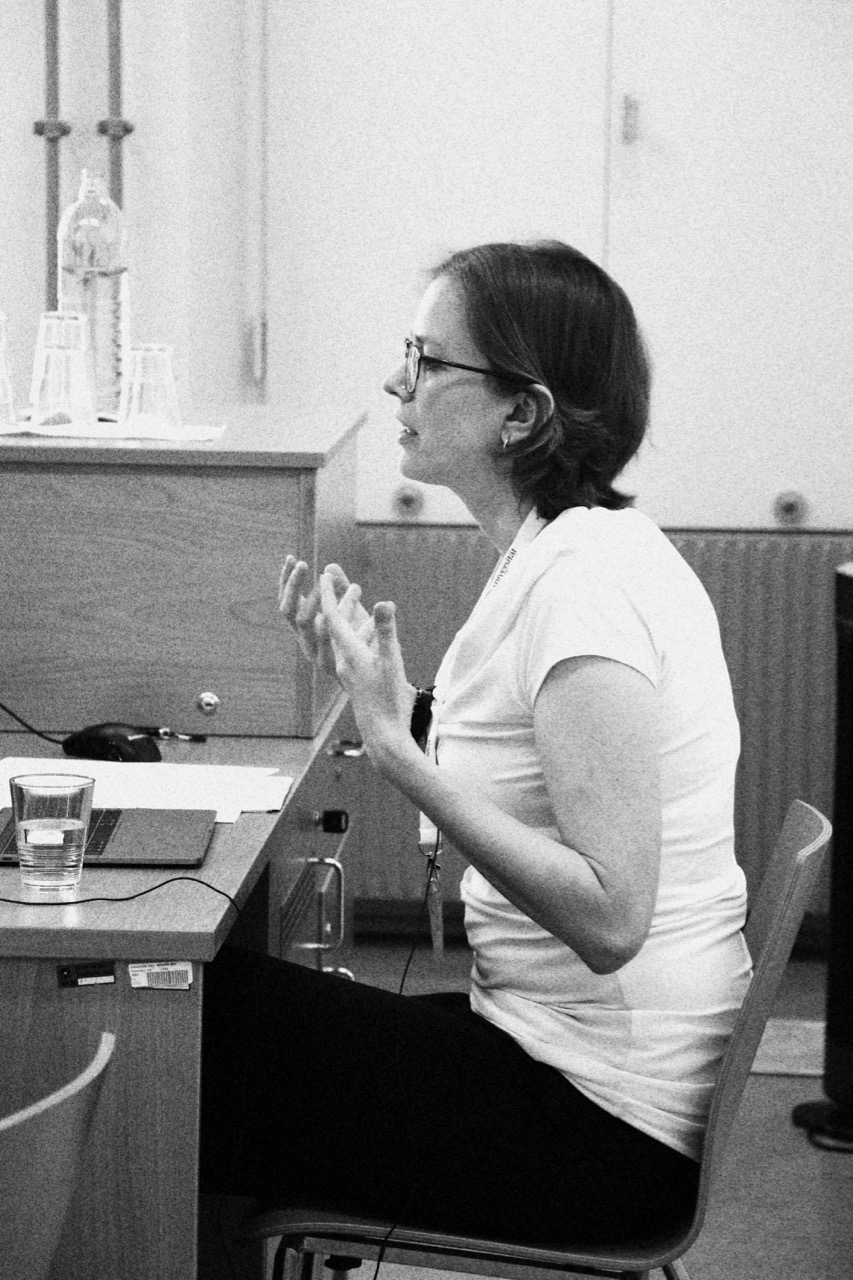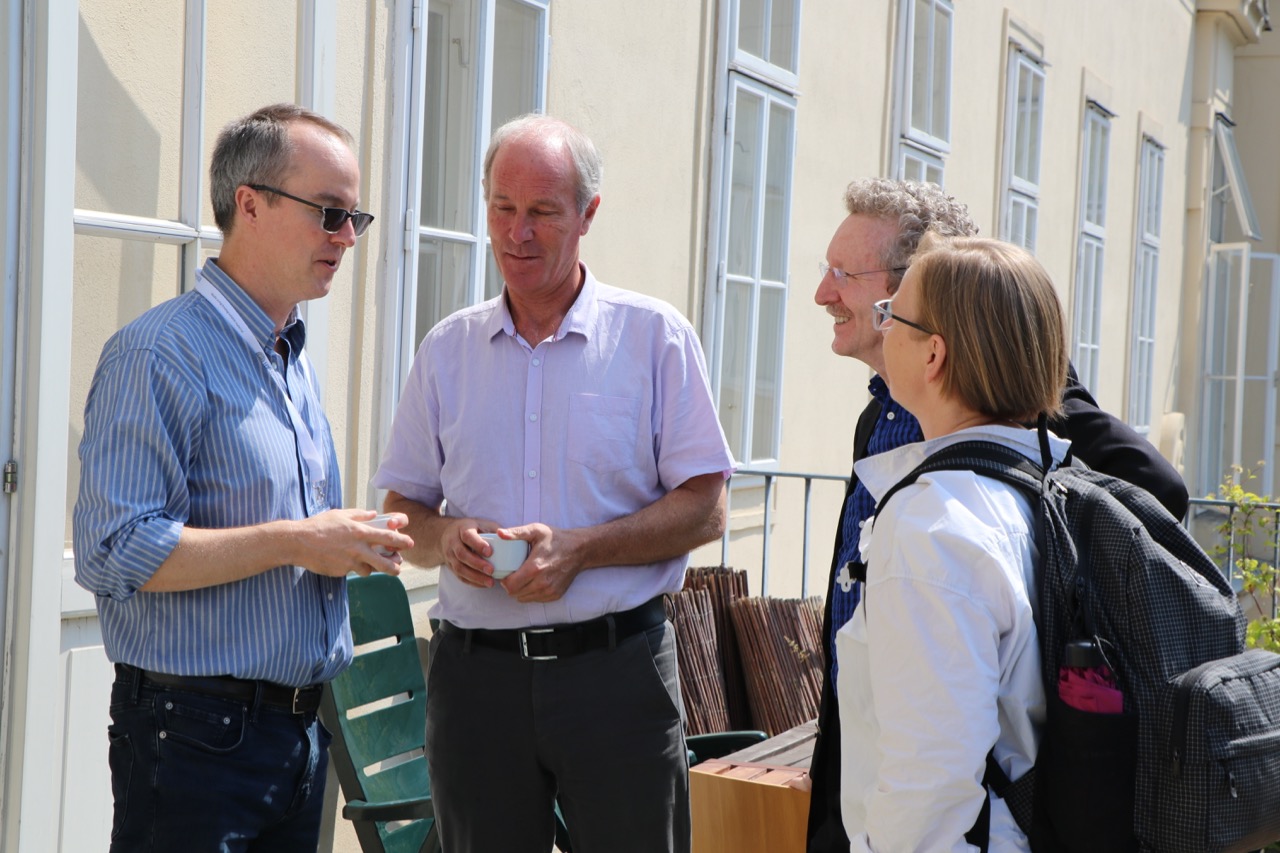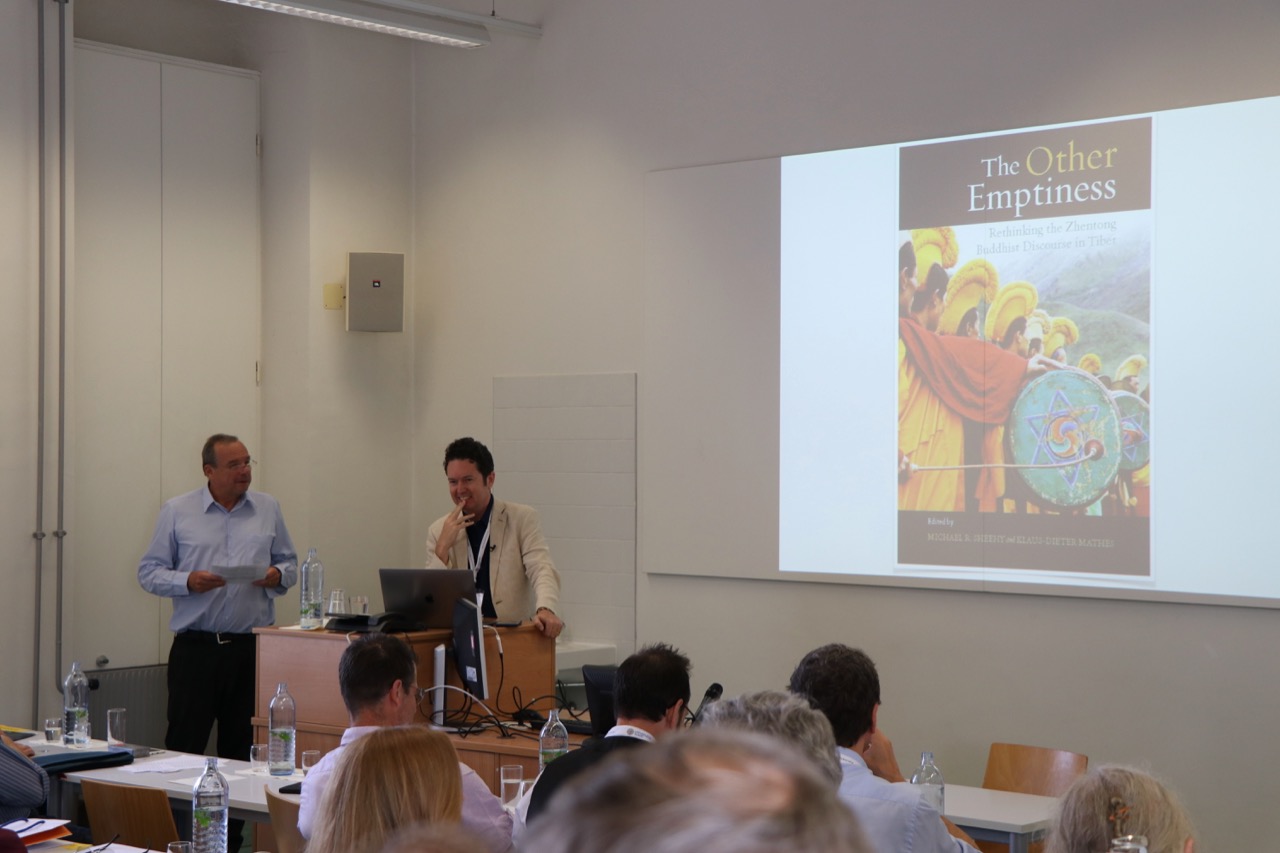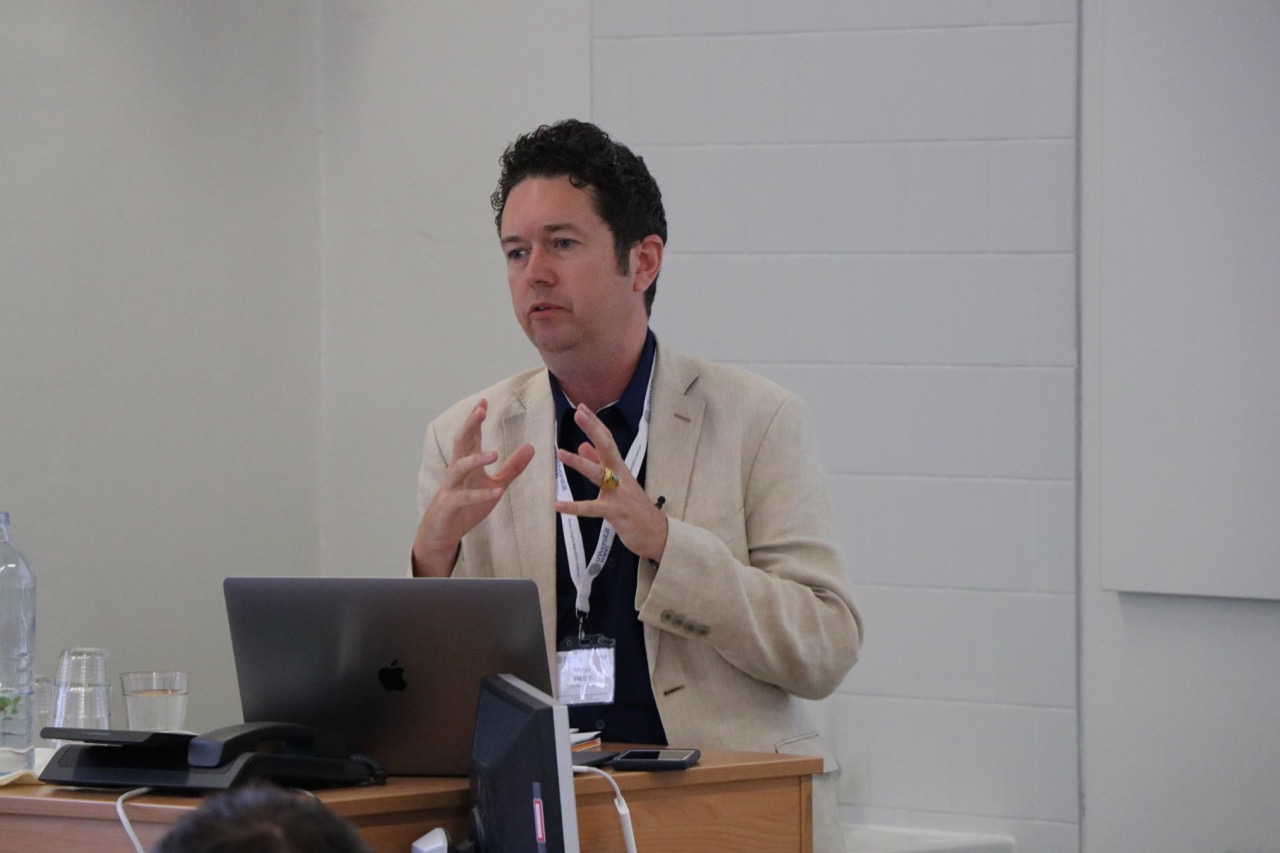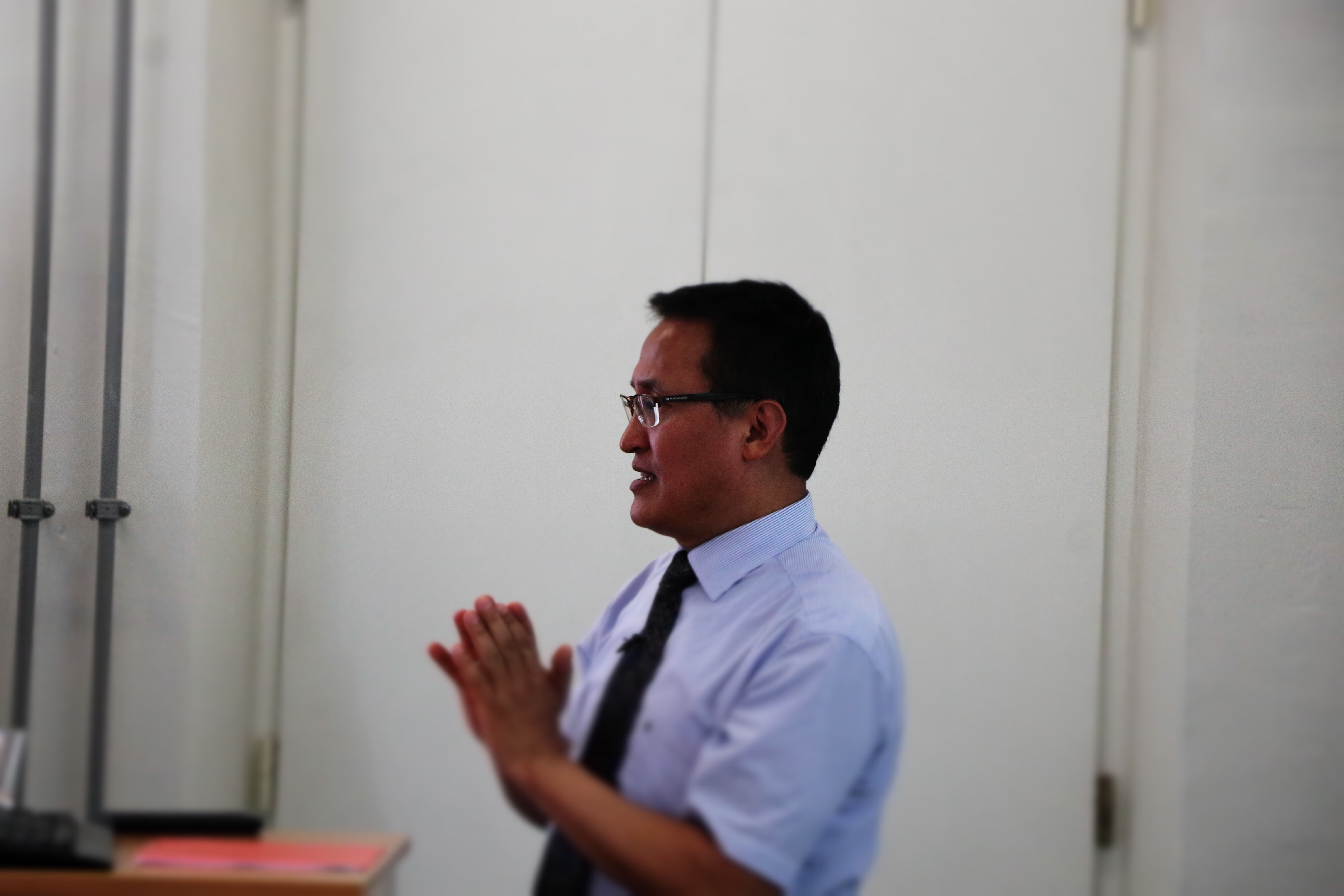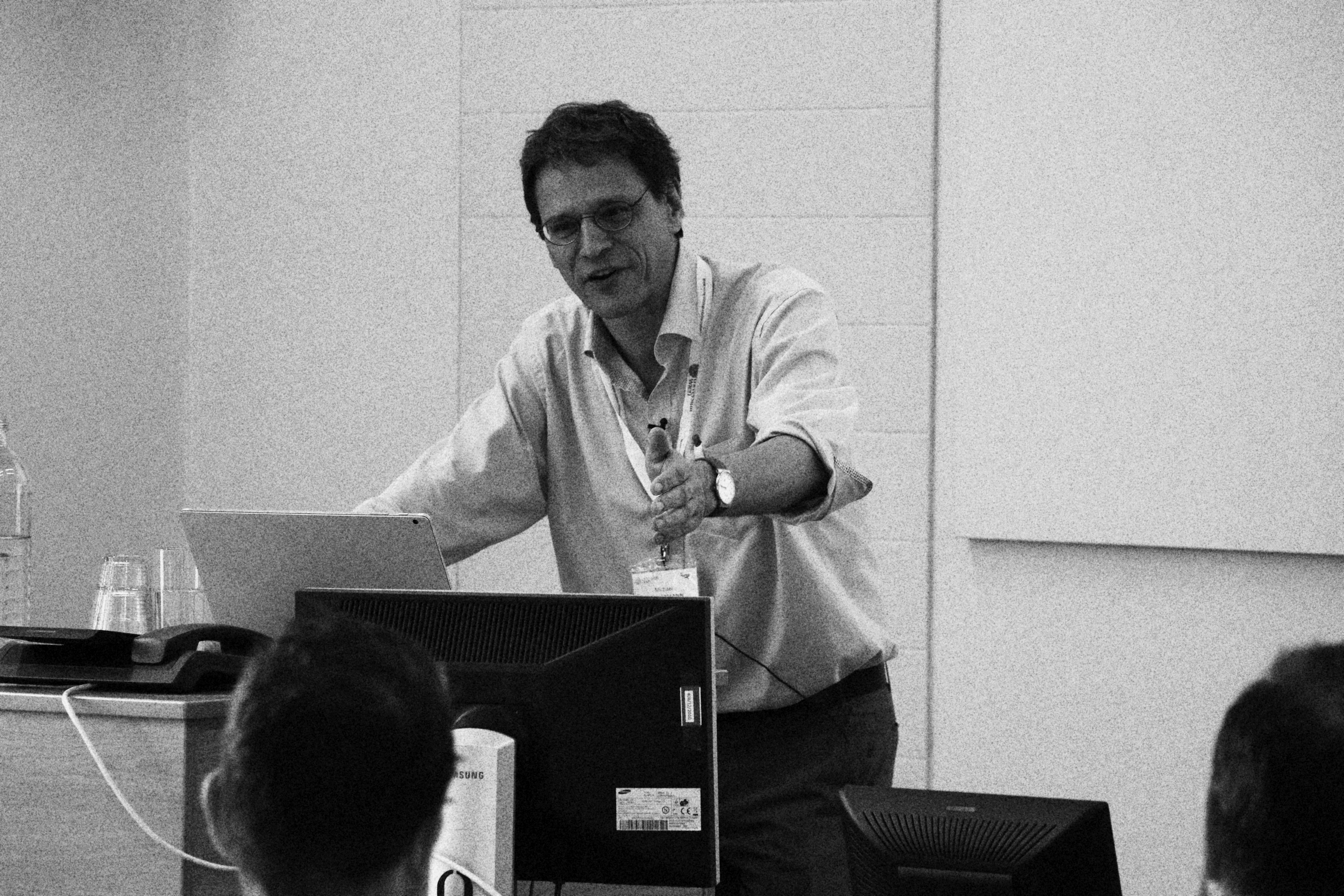Difference between revisions of "Tathāgatagarbha Across Asia"
((by SublimeText.Mediawiker)) |
|||
| Line 15: | Line 15: | ||
<h2 class="mt-0 pt-0"> The 2019 Vienna Symposium </h2> | <h2 class="mt-0 pt-0"> The 2019 Vienna Symposium </h2> | ||
| − | + | Over the last decade, there has been increased attention to the tathāgatagarbha doctrine, which proposes that all sentient beings are already a “buddha within,” or at least have the potential to attain buddhahood. Scholars in Asia, Europe, and the Americas have published new translations and studies of the foundational scriptures and commentaries, and are examining the history and literature of the doctrine. In July 2019 Tsadra Foundation partnered with the University of Vienna to bring many of these scholars together for an international symposium titled Tathāgatagarbha Across Asia. | |
| − | + | ||
| − | + | Over three days the symposium surveyed the differing forms of tathāgatagarbha doctrine that developed as its primary Indian scriptural sources were translated, transmitted, and interpreted by religious schools across Asia. Contemporary Buddhist teachers joined academics at the podium. Presentations ranged from the historical-philological analysis of the primary sources to issues of reconstruction and comparison in the target languages and cultures and included how tathāgatagarbha is taught in Buddhist communities today. Although primarily focused on the Indian and Himalayan material, the diversity in approaches and subject matter made for fruitful comparisons and discussions. | |
| − | + | ||
| − | + | All presentations were recorded, and the videos are available below. Organizers are planning on publishing the proceedings of the symposium in book form, and for this reason transcripts of the talks are not being released. | |
<h2> The Symposium Sessions </h2> | <h2> The Symposium Sessions </h2> | ||
Revision as of 16:17, 26 September 2019
The 2019 Vienna Symposium
Over the last decade, there has been increased attention to the tathāgatagarbha doctrine, which proposes that all sentient beings are already a “buddha within,” or at least have the potential to attain buddhahood. Scholars in Asia, Europe, and the Americas have published new translations and studies of the foundational scriptures and commentaries, and are examining the history and literature of the doctrine. In July 2019 Tsadra Foundation partnered with the University of Vienna to bring many of these scholars together for an international symposium titled Tathāgatagarbha Across Asia.
Over three days the symposium surveyed the differing forms of tathāgatagarbha doctrine that developed as its primary Indian scriptural sources were translated, transmitted, and interpreted by religious schools across Asia. Contemporary Buddhist teachers joined academics at the podium. Presentations ranged from the historical-philological analysis of the primary sources to issues of reconstruction and comparison in the target languages and cultures and included how tathāgatagarbha is taught in Buddhist communities today. Although primarily focused on the Indian and Himalayan material, the diversity in approaches and subject matter made for fruitful comparisons and discussions.
All presentations were recorded, and the videos are available below. Organizers are planning on publishing the proceedings of the symposium in book form, and for this reason transcripts of the talks are not being released.
The Symposium Sessions
Template:ViennaSession Template:ViennaSession Template:ViennaSession Template:ViennaSession Template:ViennaSession
